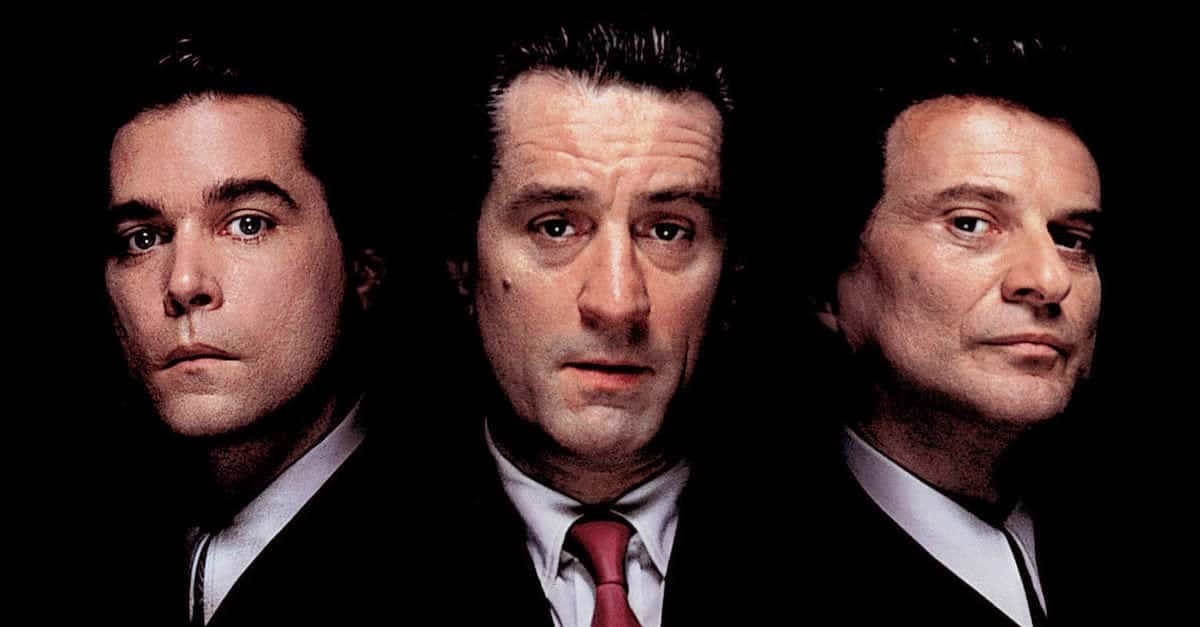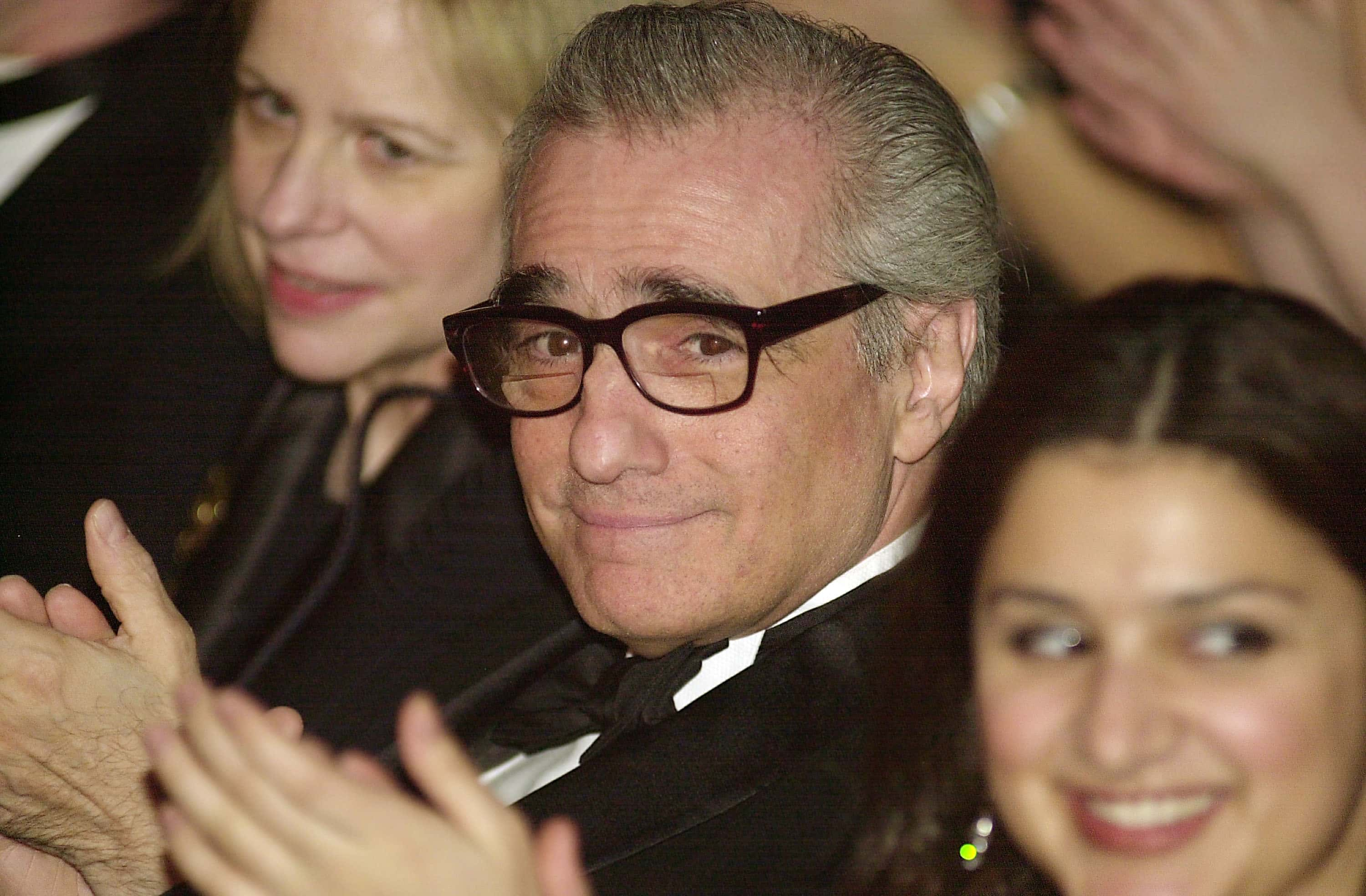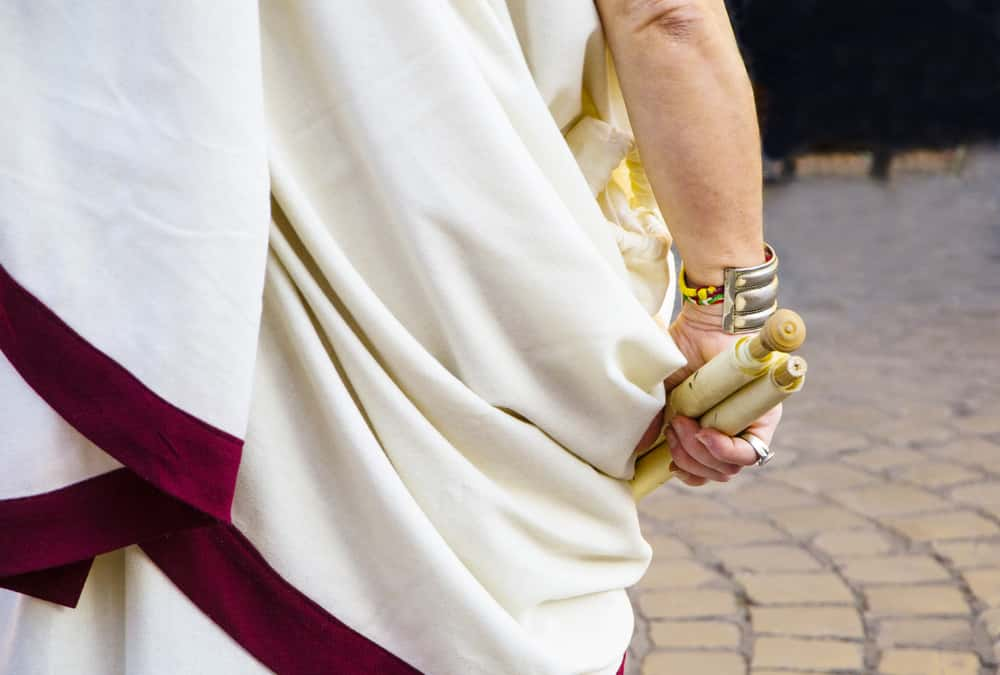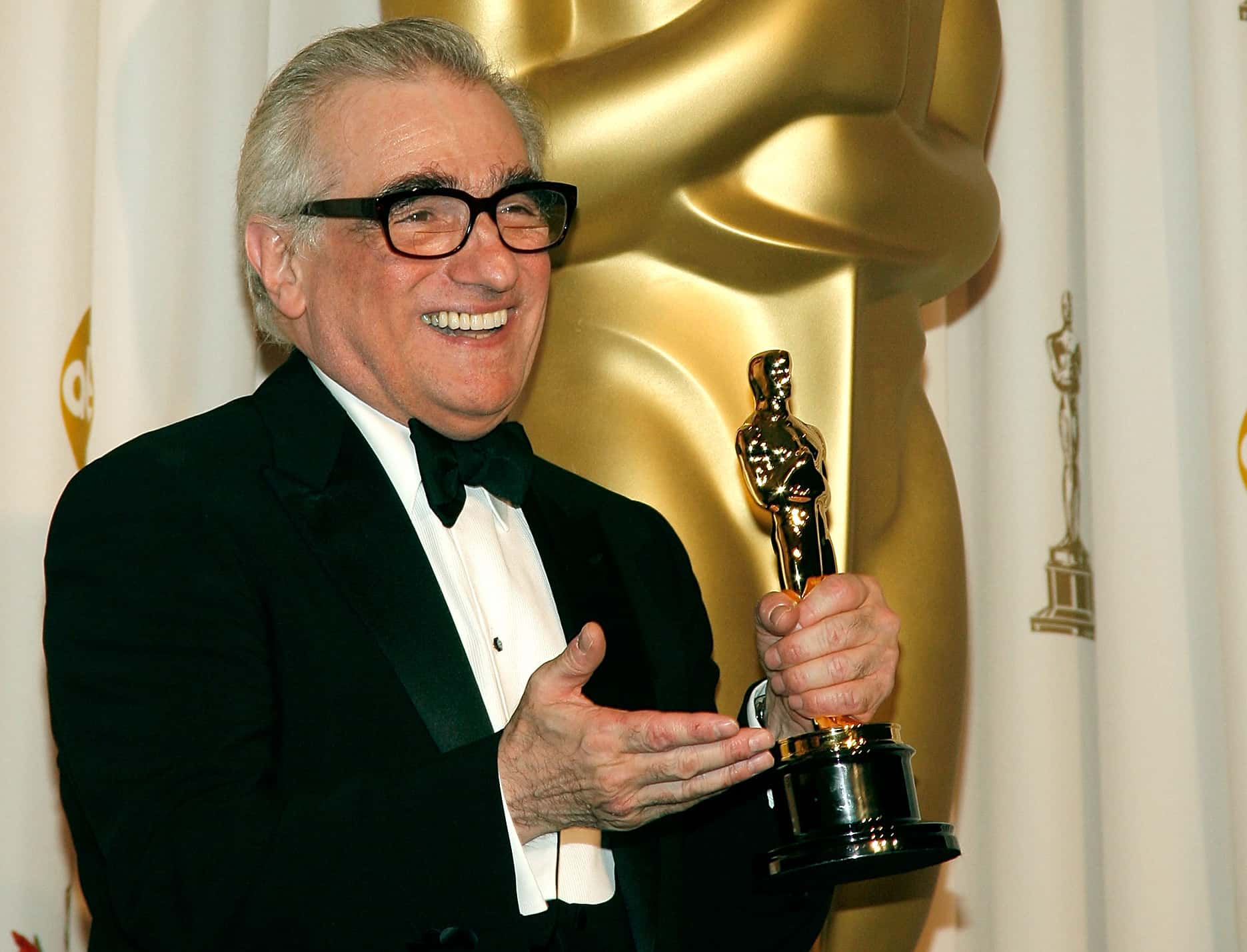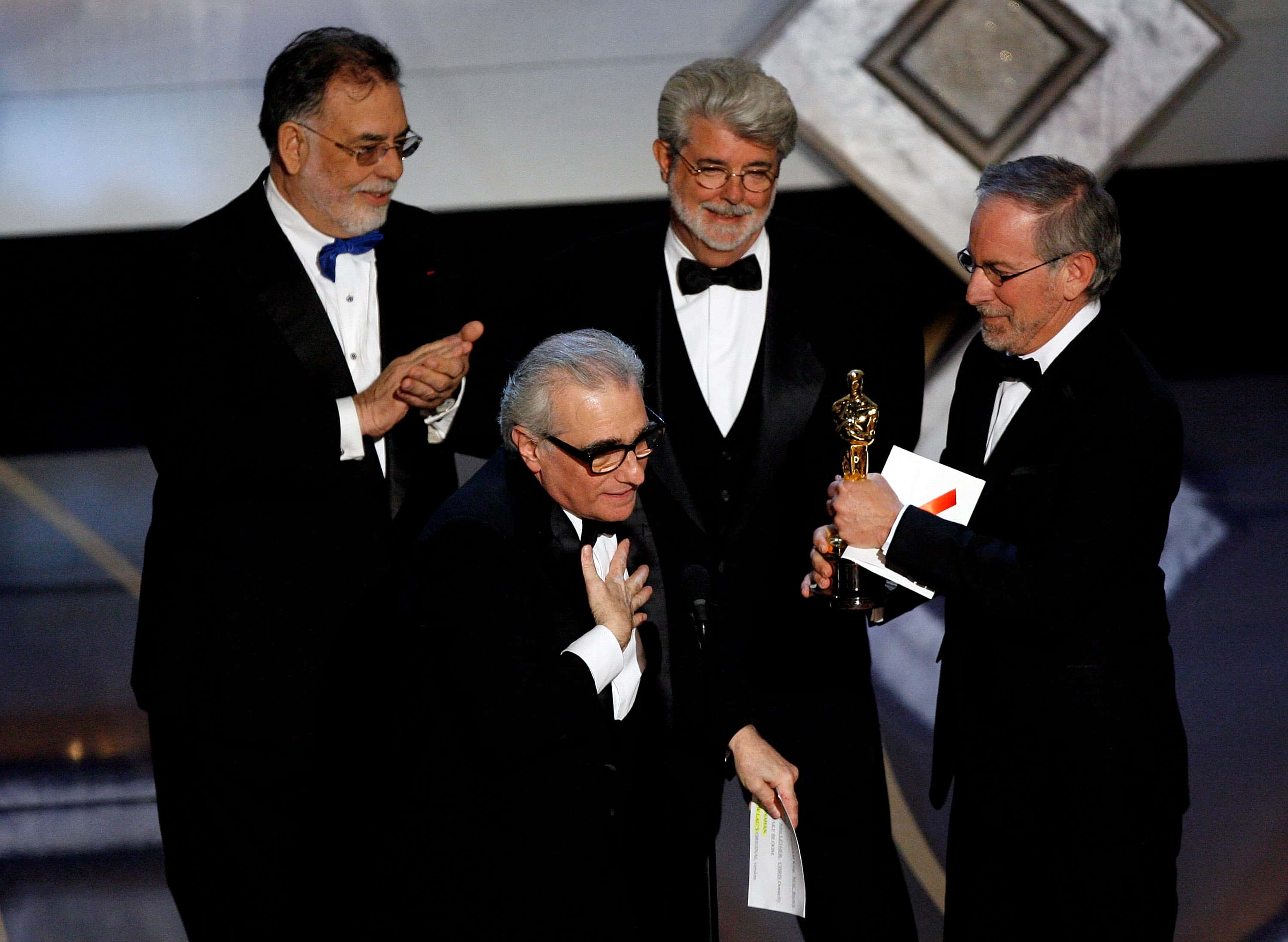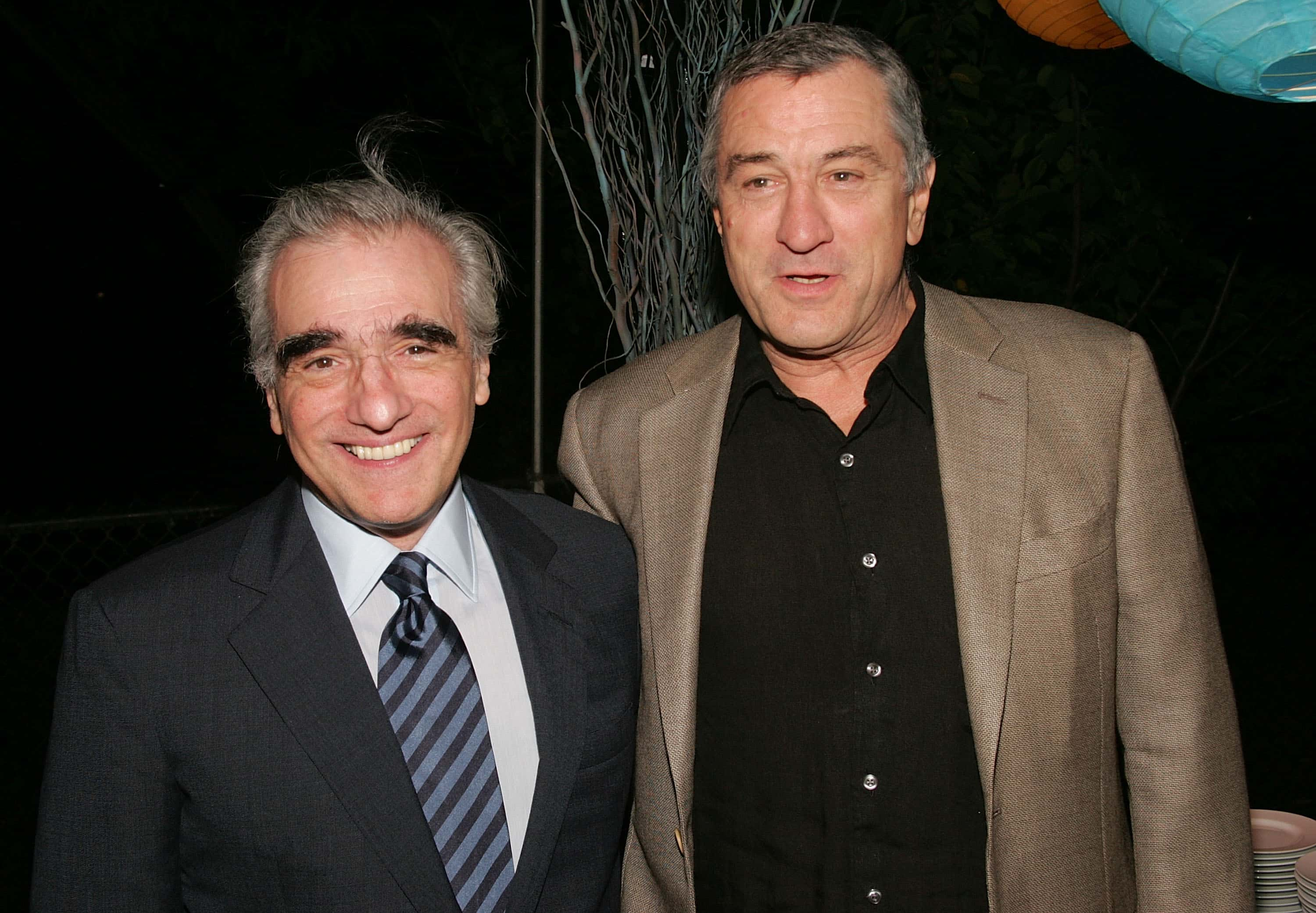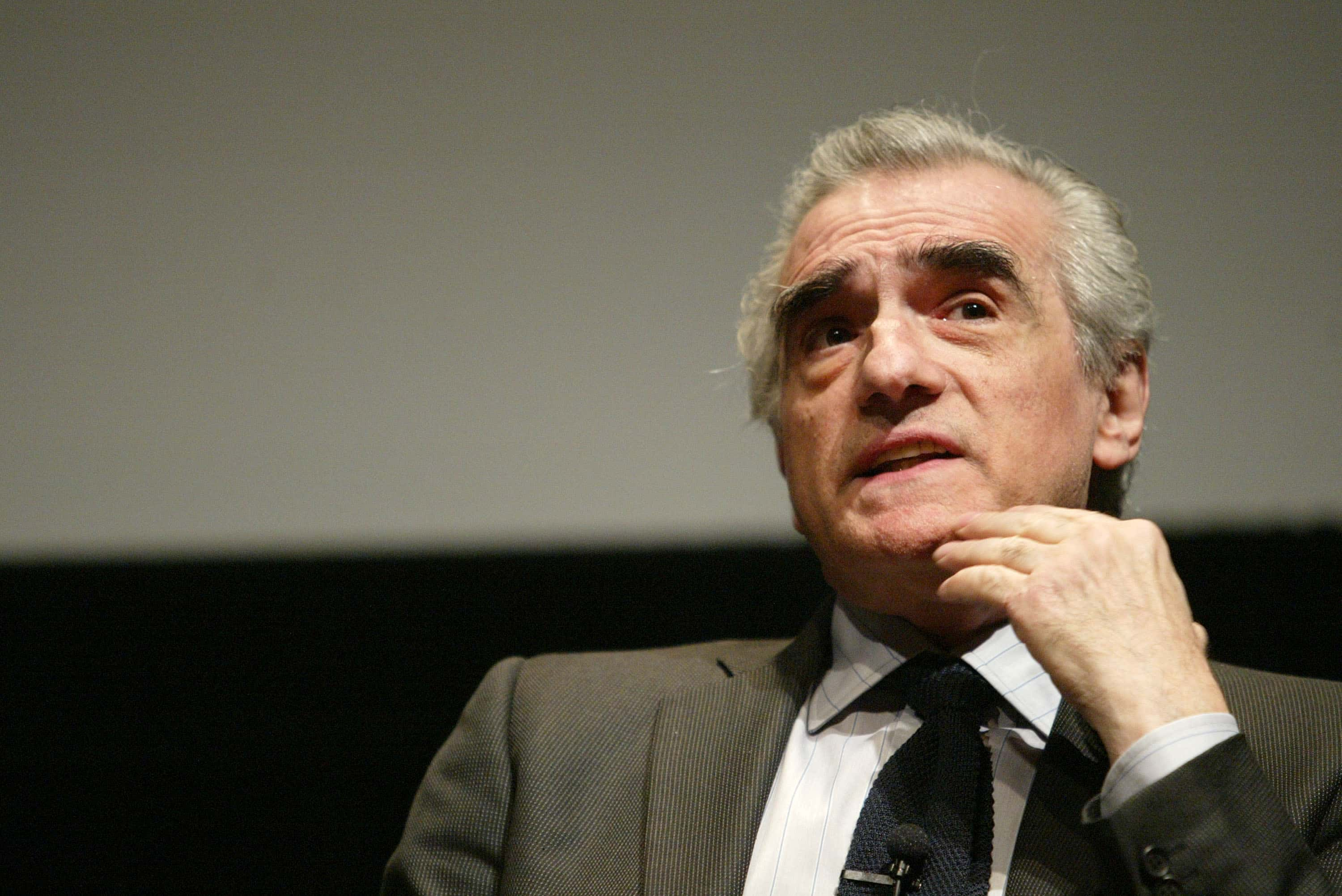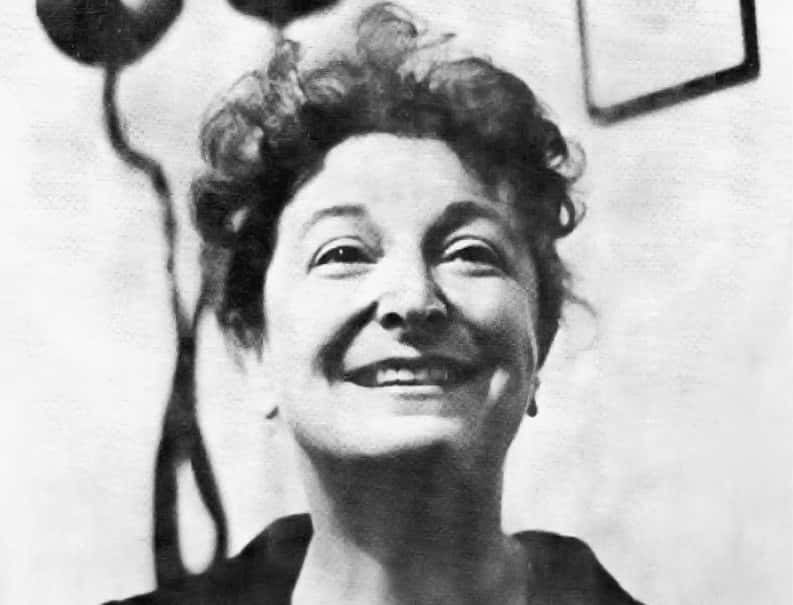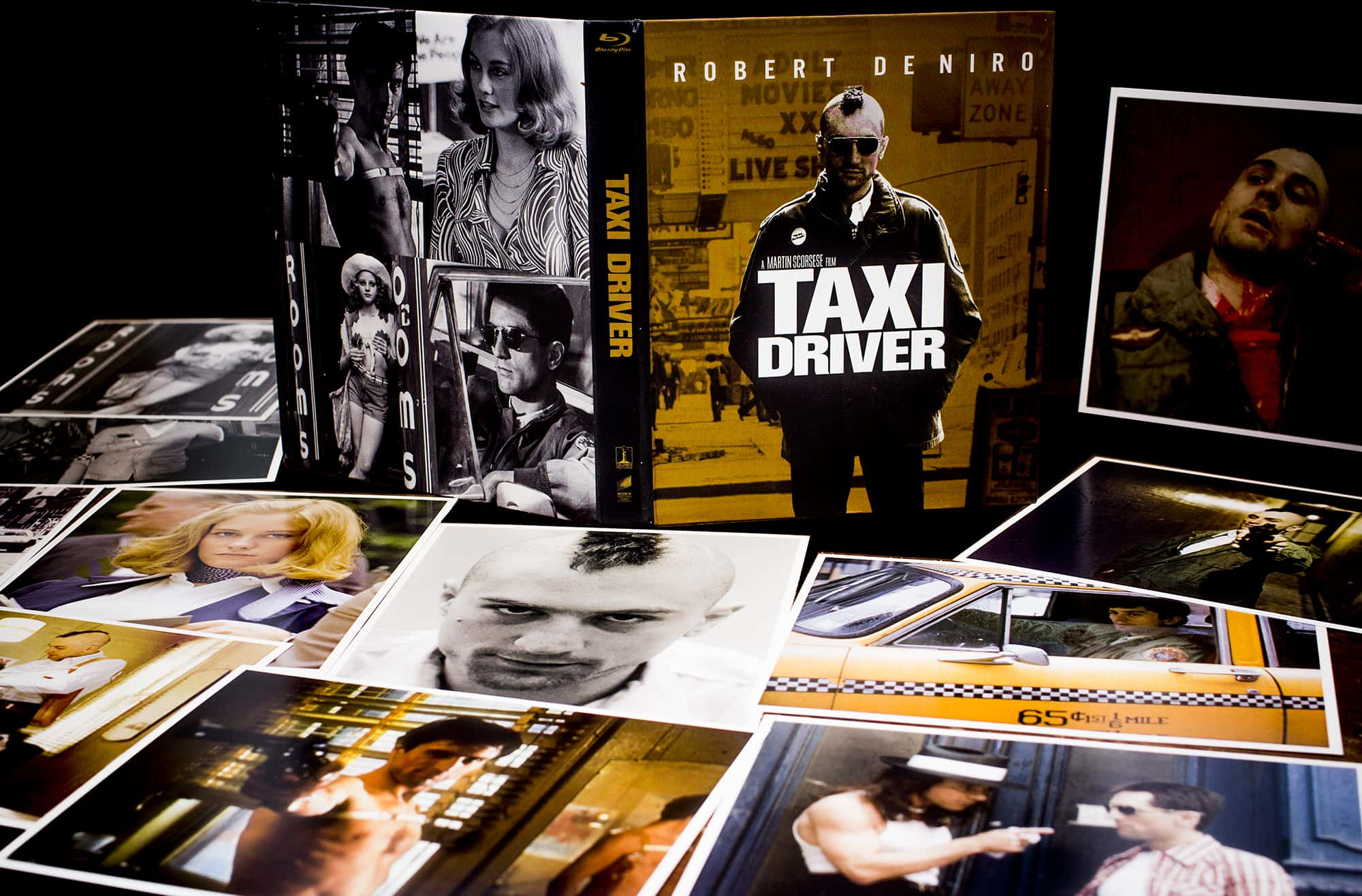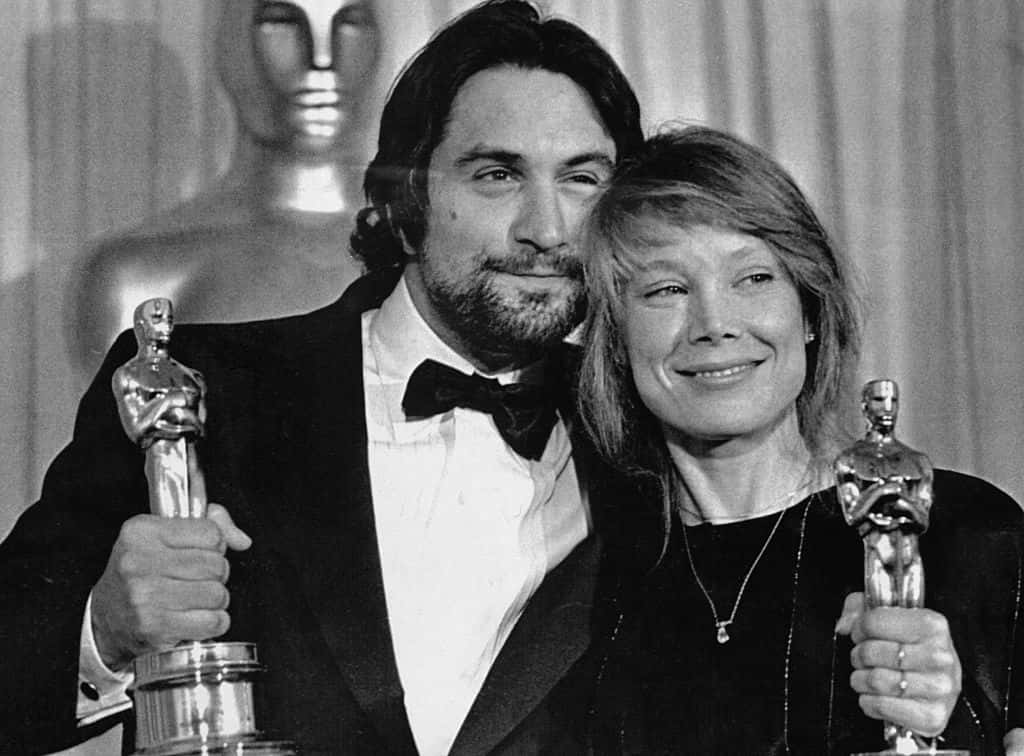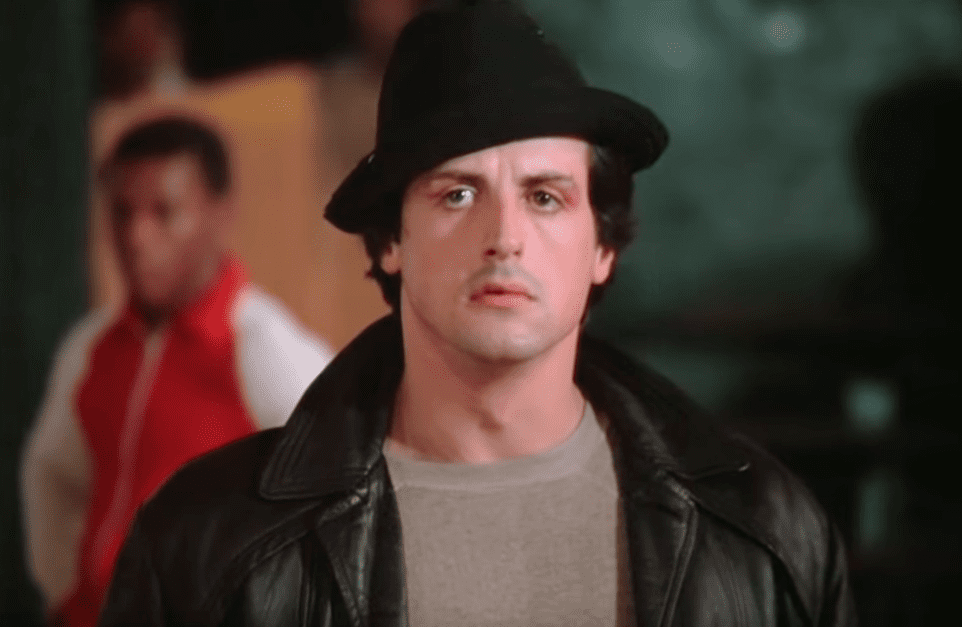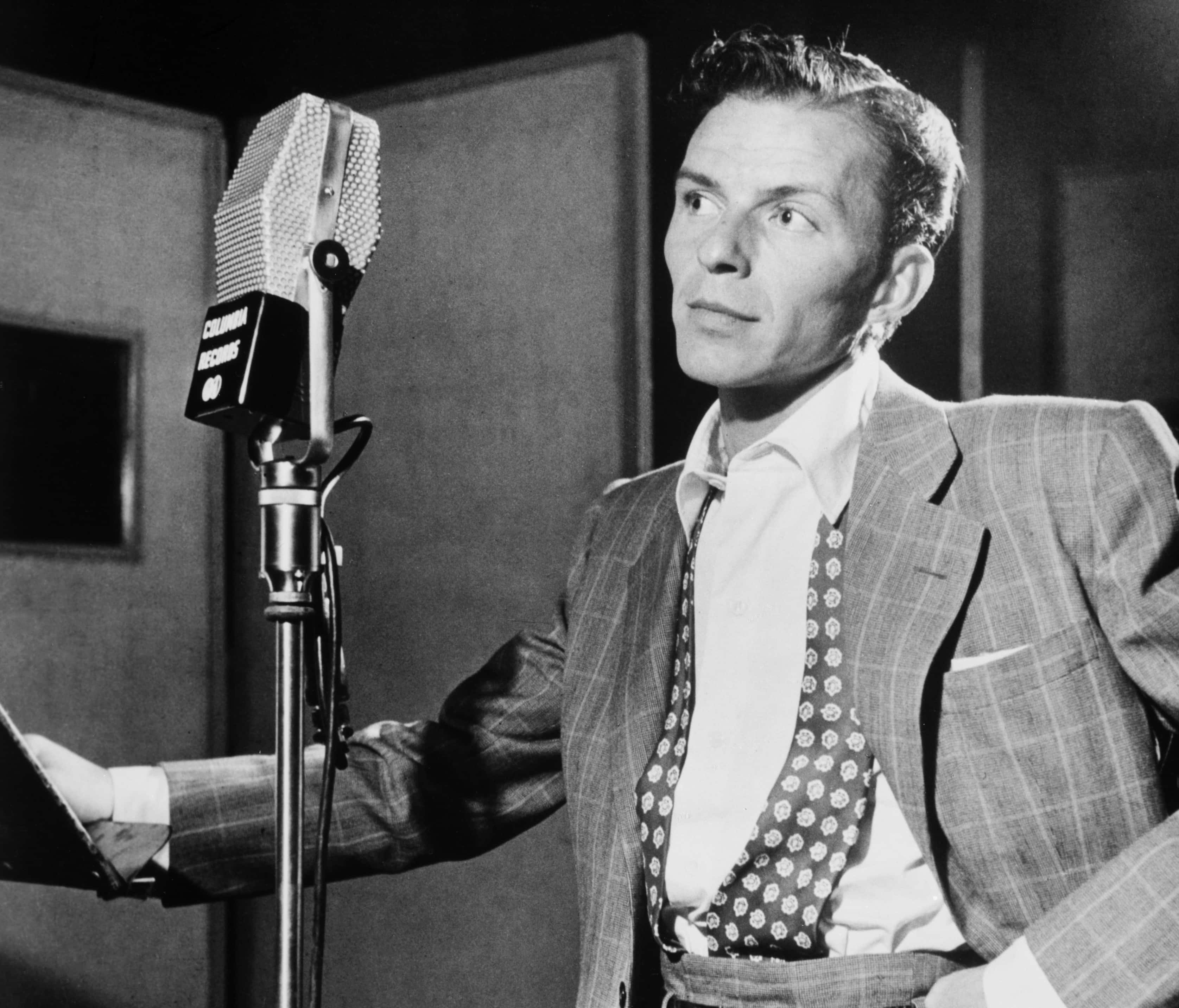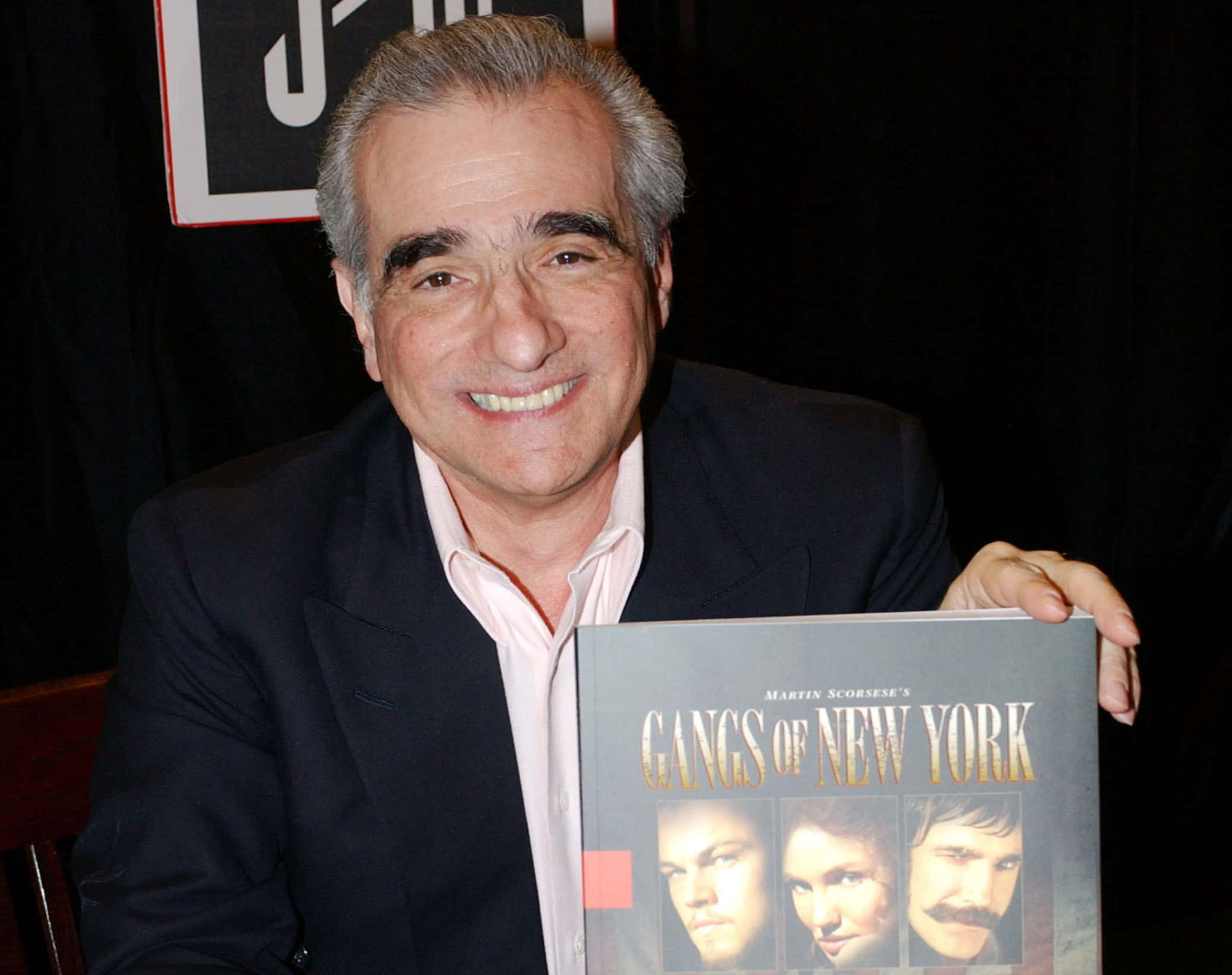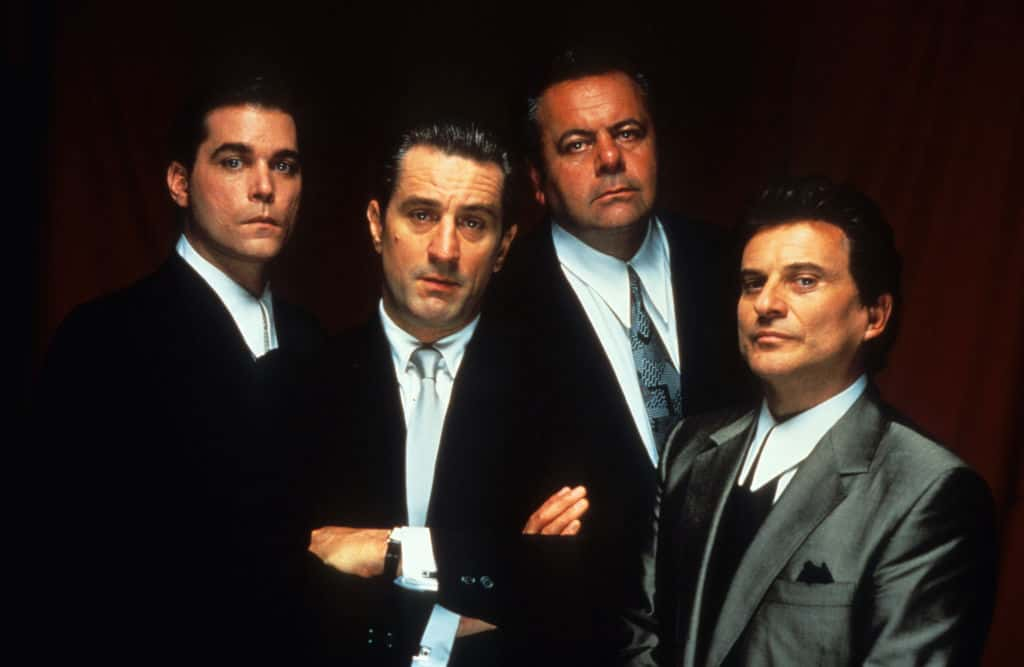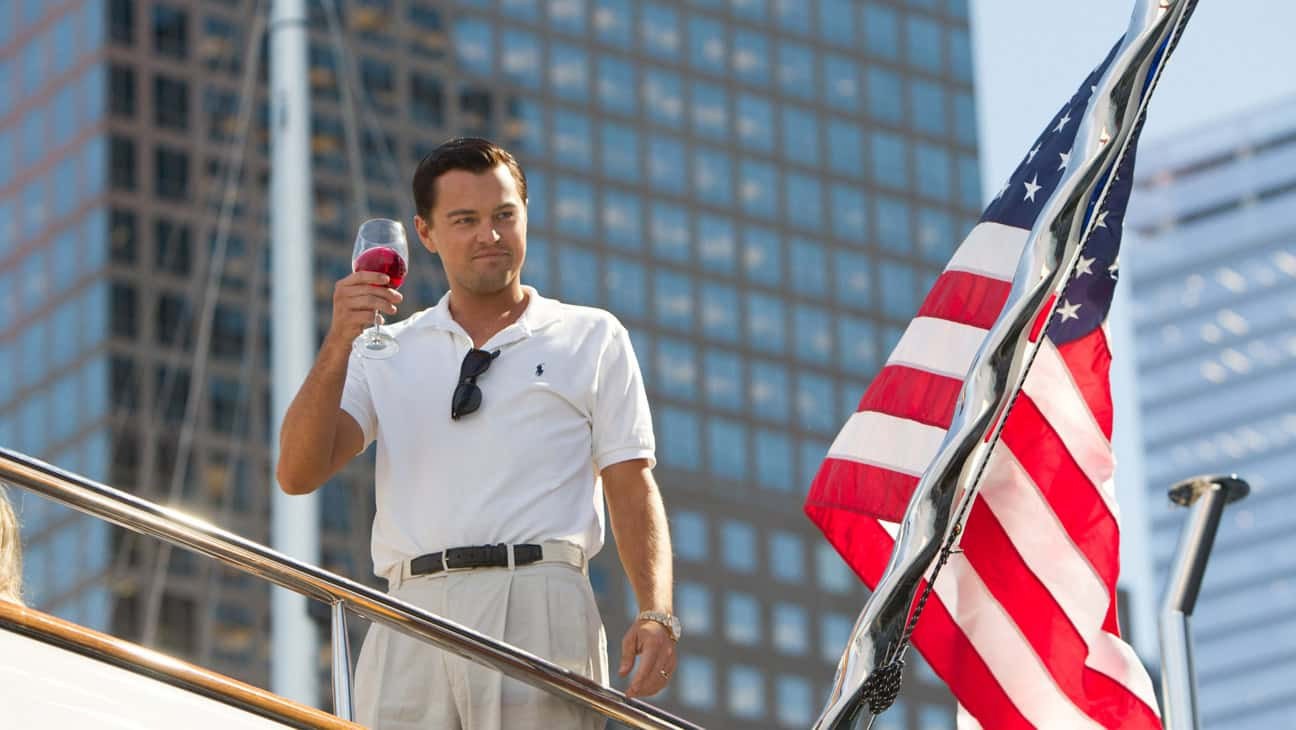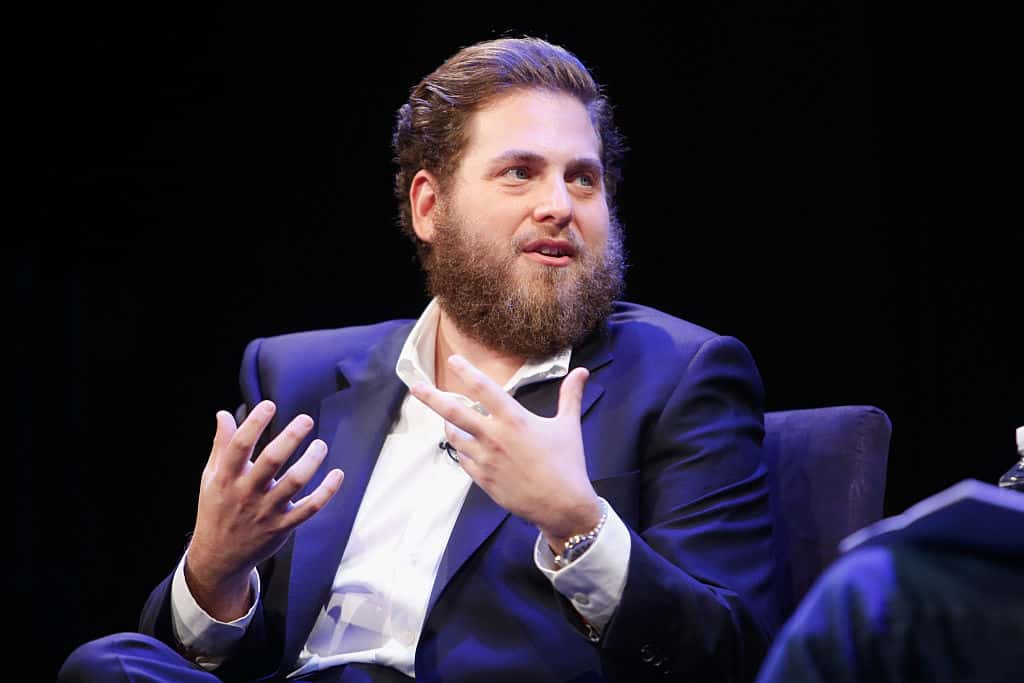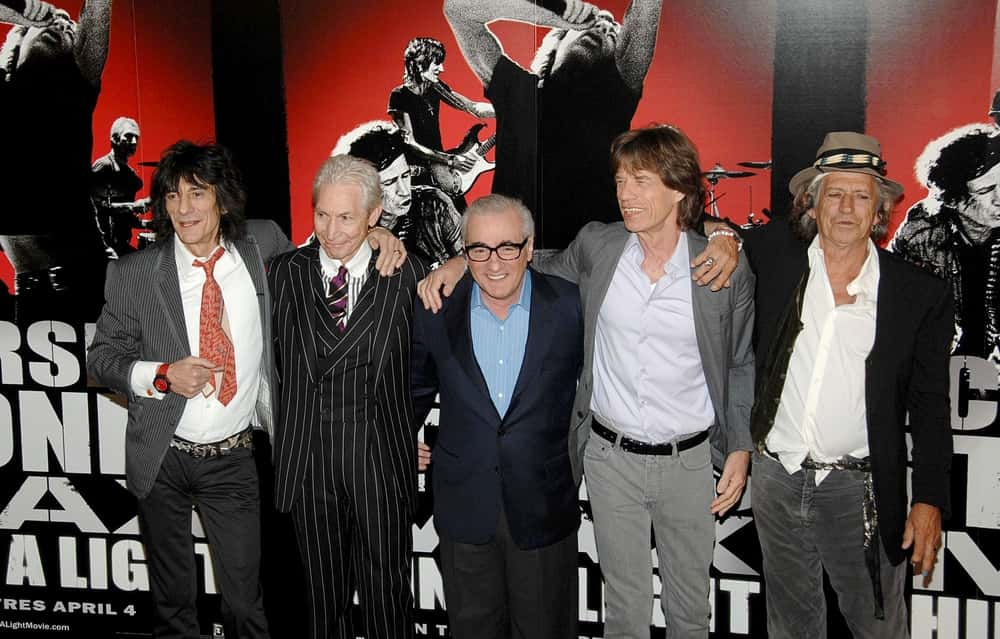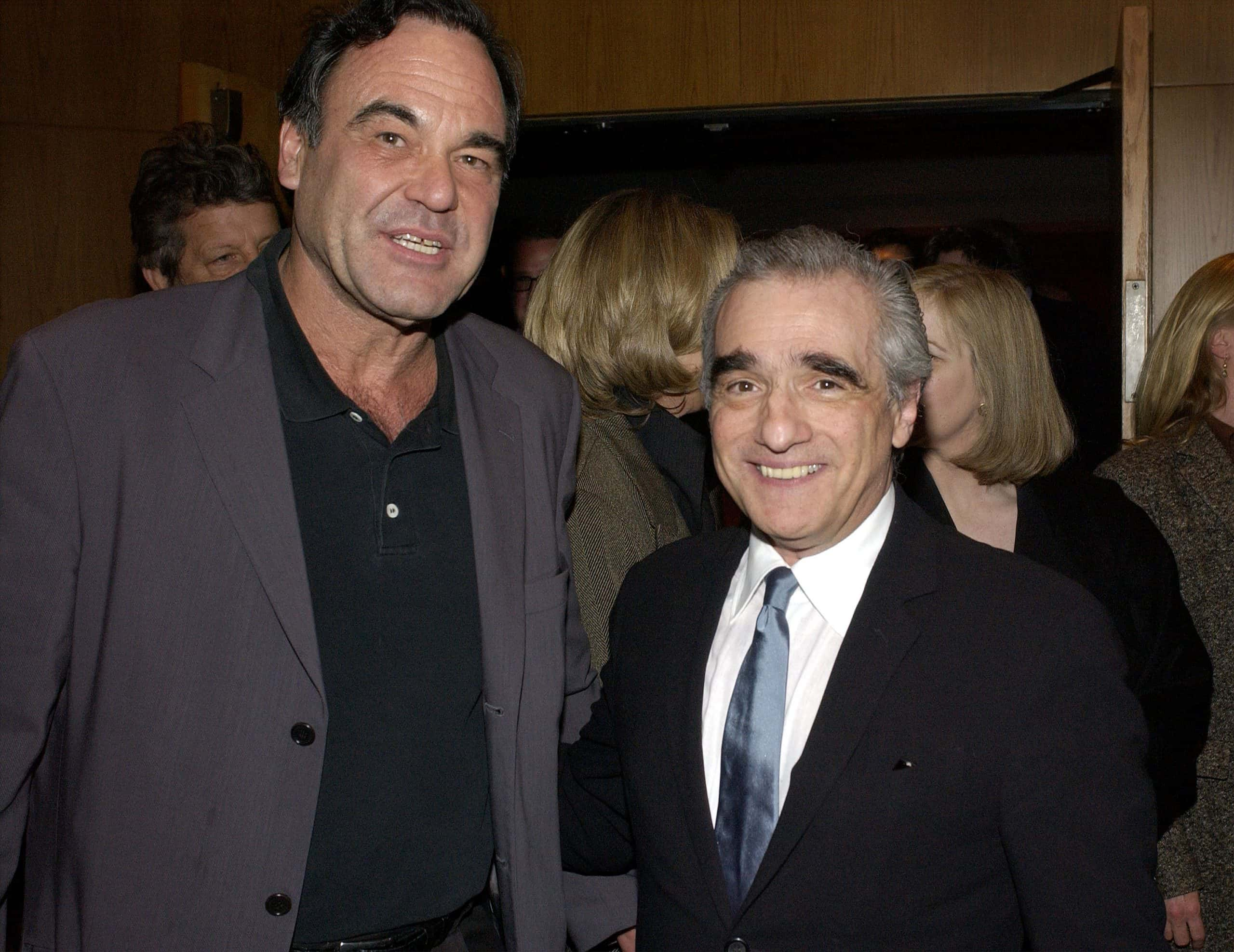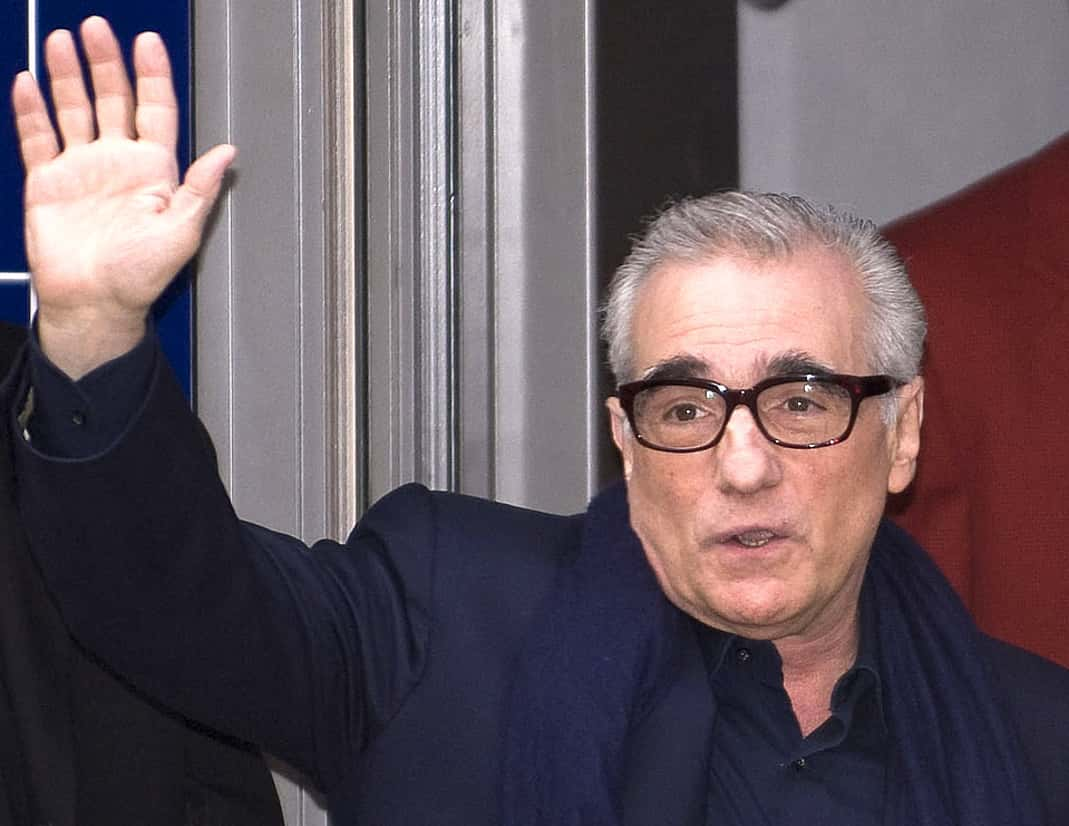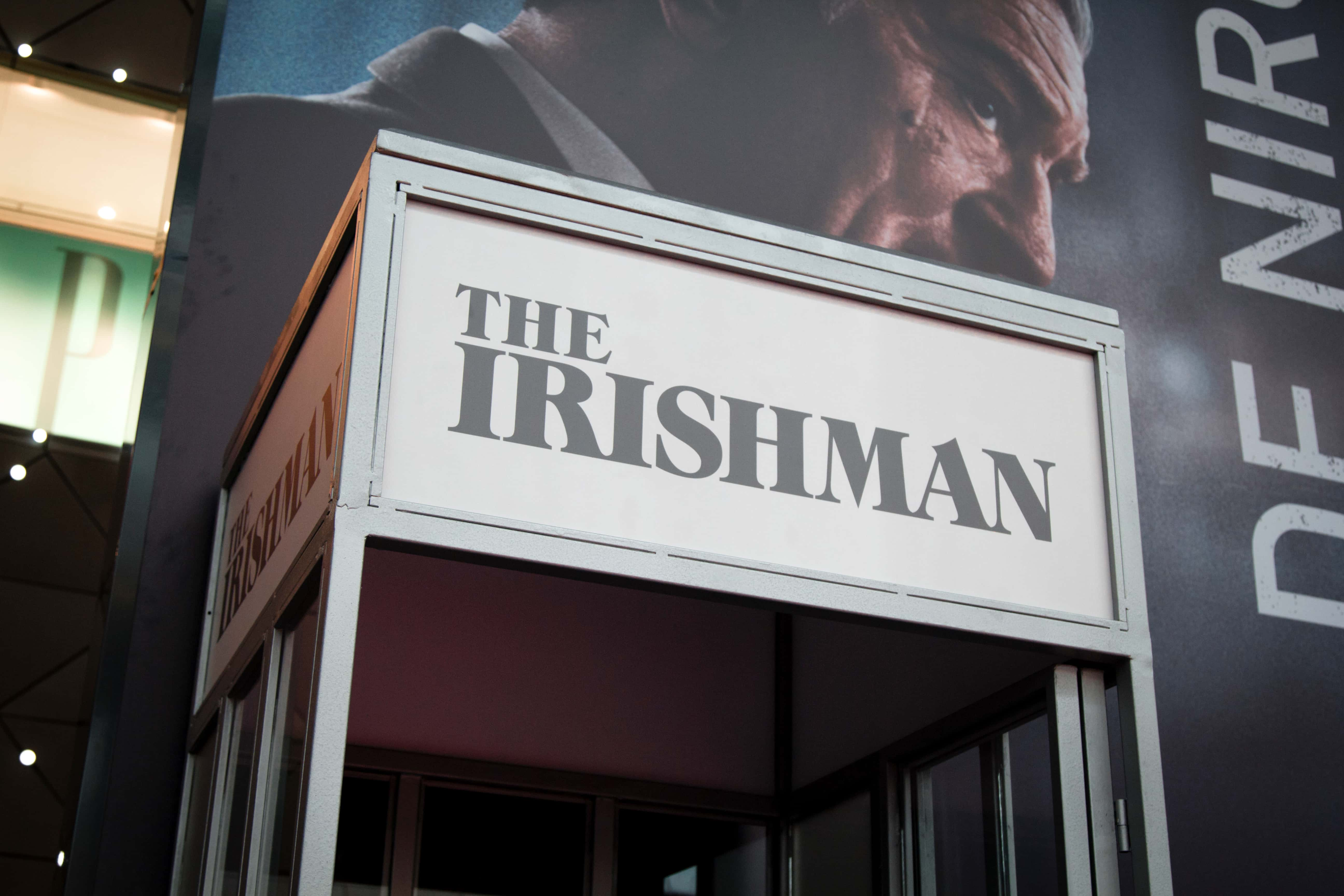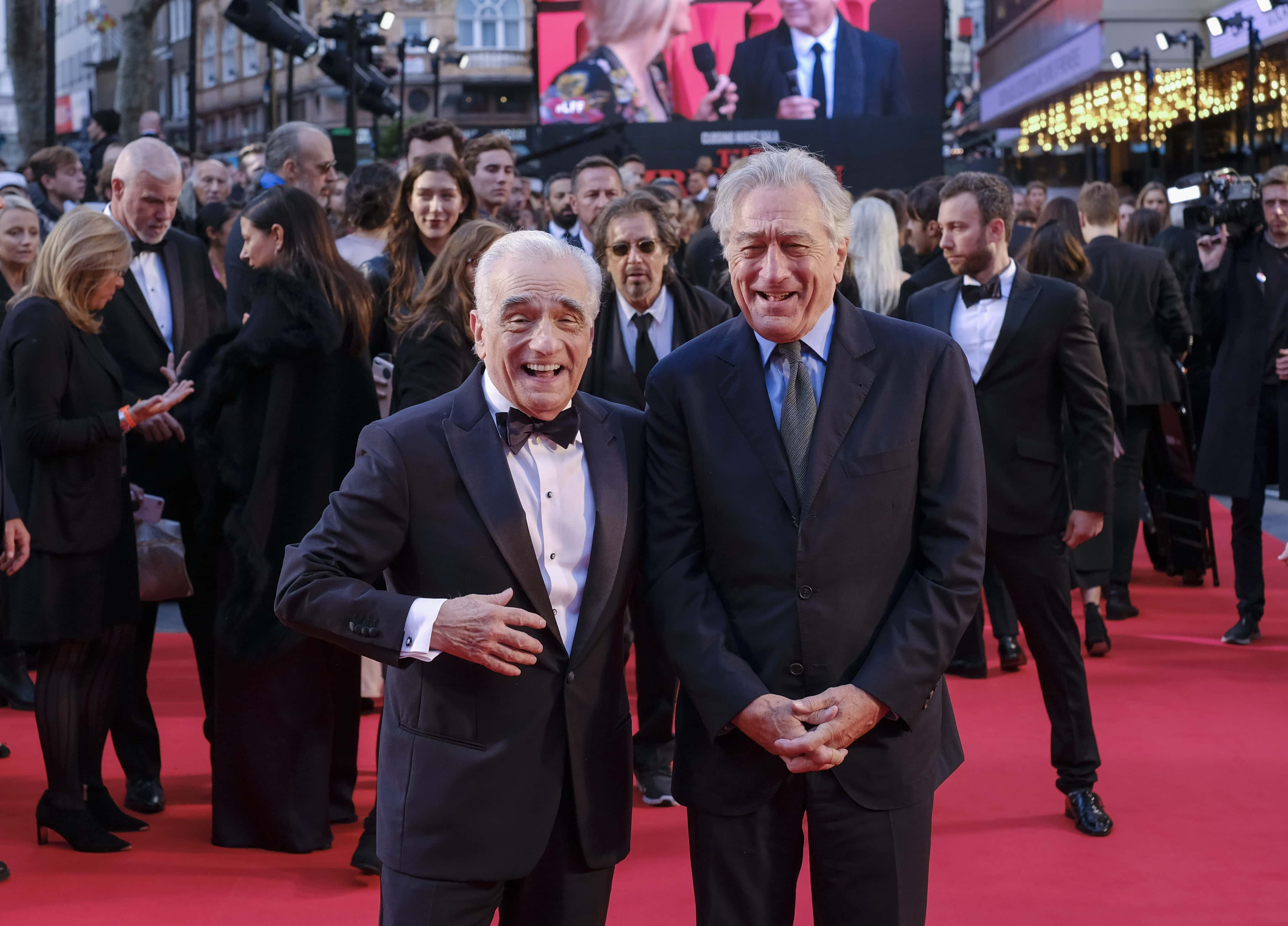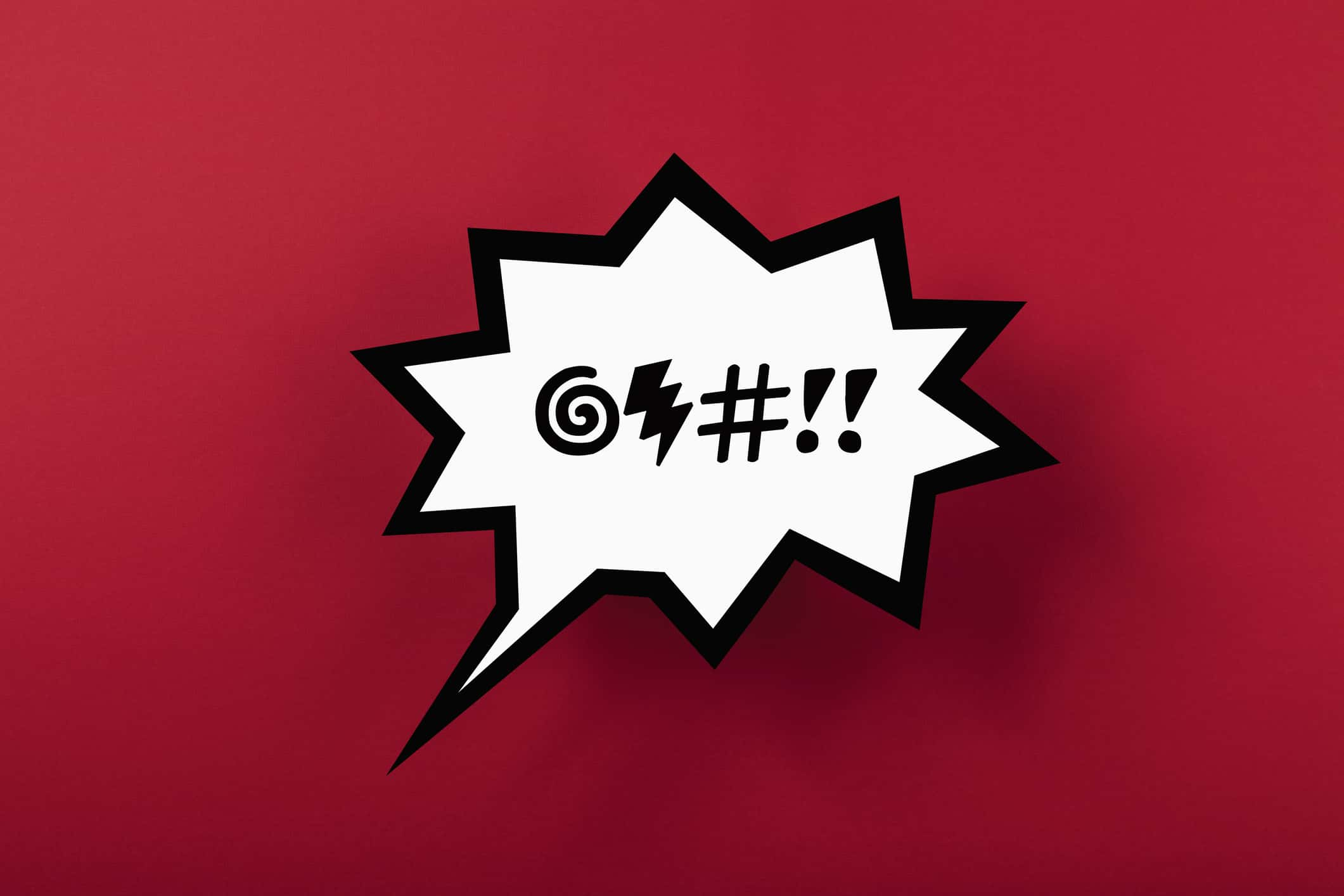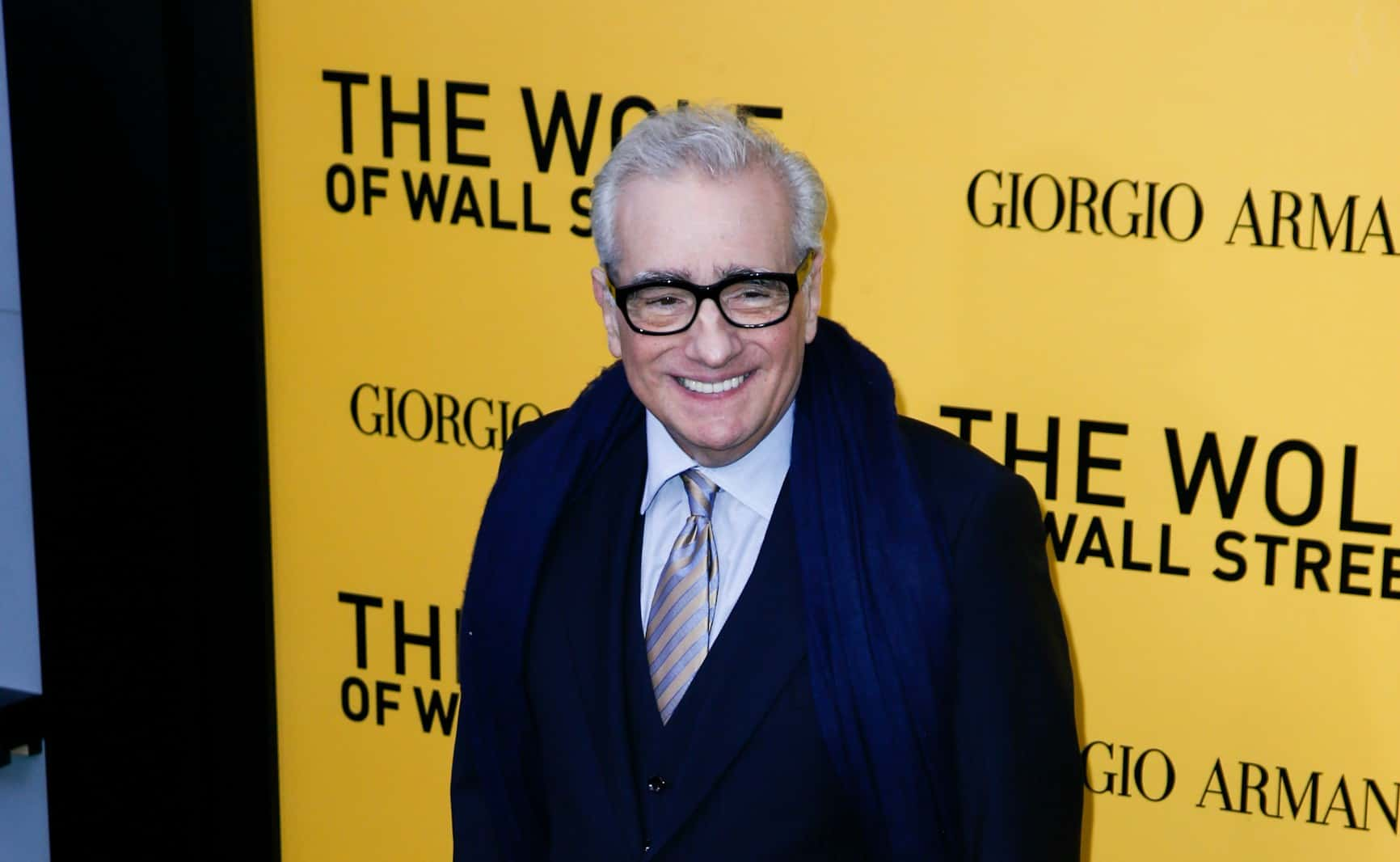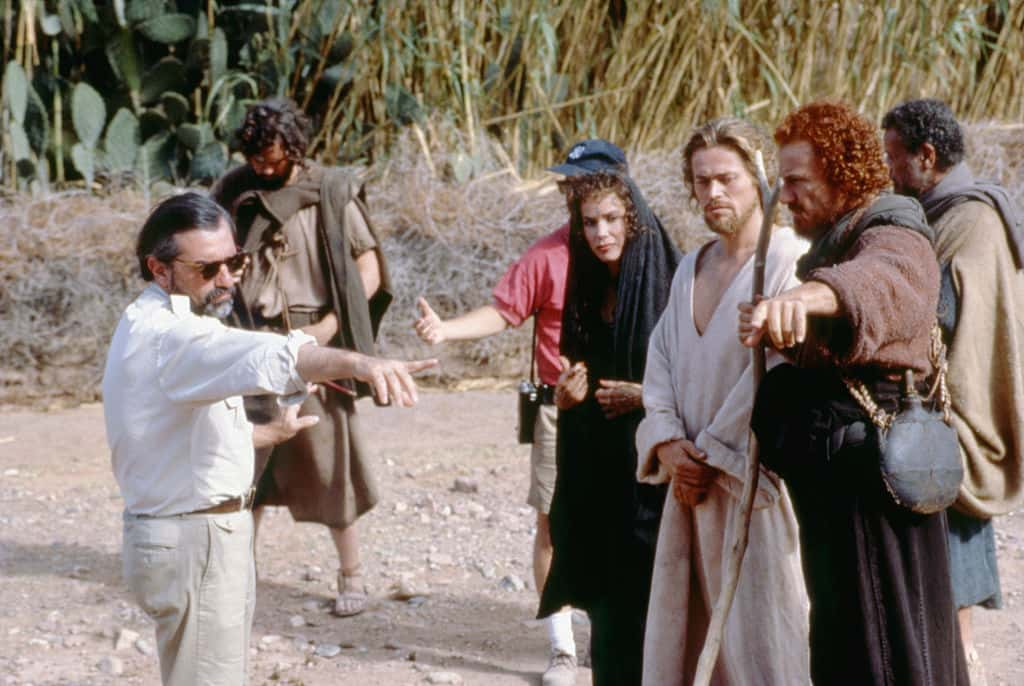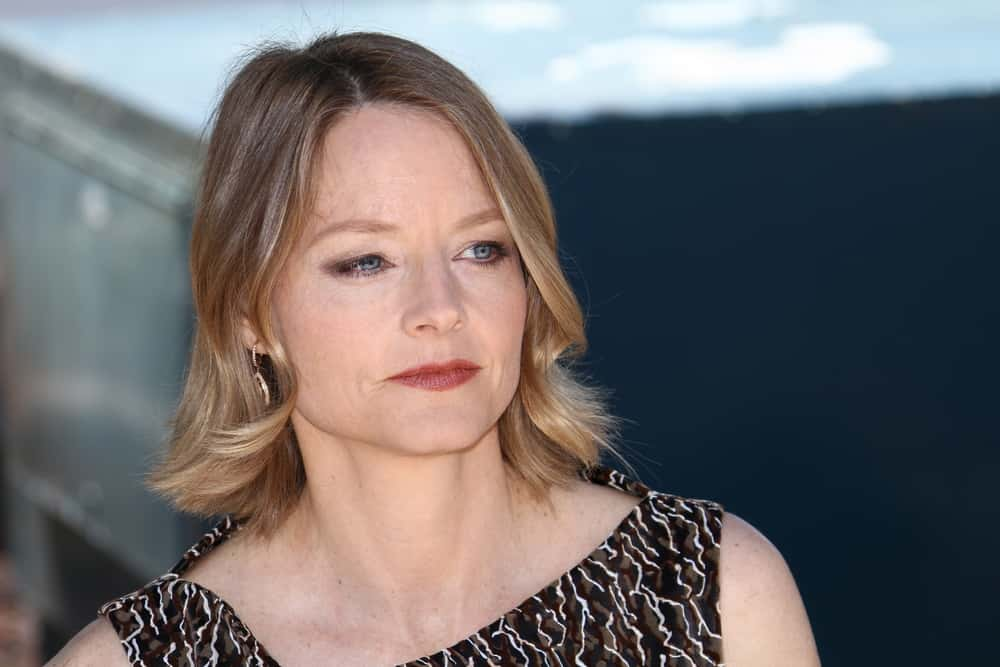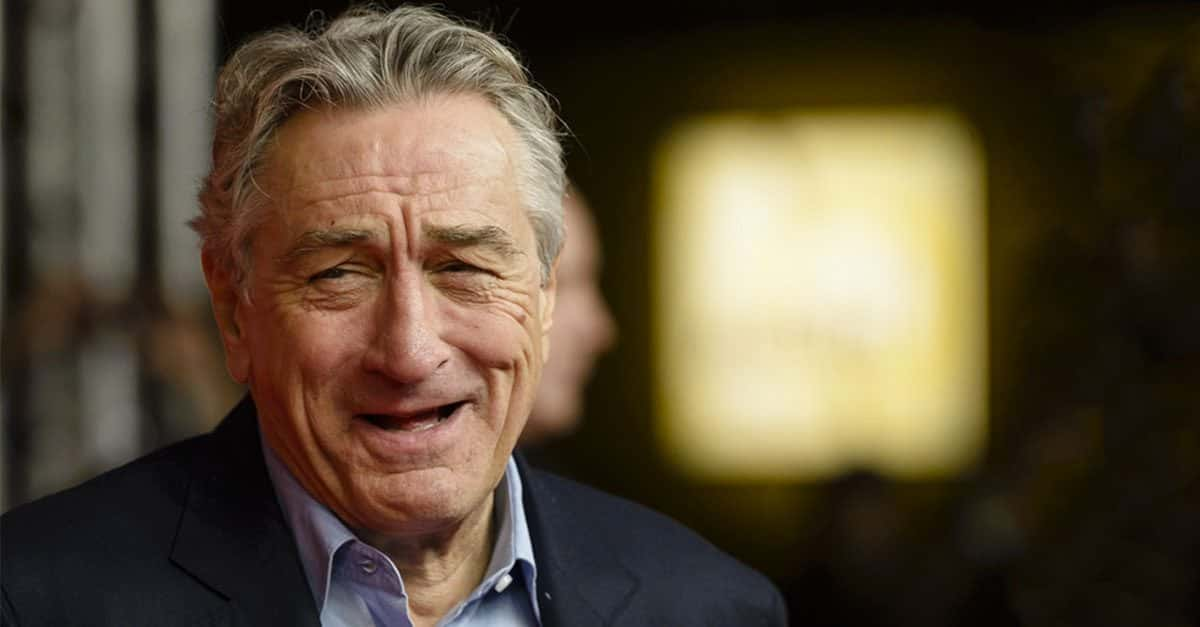With more than 60 credits to his name, Martin Scorsese is one of the most prolific and acclaimed film directors in history. His distinctive style—marked by foul-mouthed tough guys struggling with their own consciences in gritty urban settings—can’t overshadow his technical talents or his encyclopedic knowledge of film history. At 75 years old, he keeps churning out one classic film after another. Here are 42 award-worthy facts about the films of Martin Scorsese.
Martin Scorsese Films Facts
42. In Ancient Times
Martin Scorsese has directed more than 60 movies, documentaries, and television programs, but his very first was a 10-minute silent film about a private eye in Ancient Rome. Vesuvius VI was shot with virtually no budget and showed only once, at a friend’s house.
41. A Sandal-String Budget
Scorsese had to really tighten his belt for Vesuvius VI. Costumes consisted of bedsheets done up like Roman togas, and the soundtrack was whatever records Scorsese happened to have on hand when he showed the movie. Sounds like a pretty classic student flick!
40. A Lifetime of Waiting
Scorsese has earned the AFI’s Lifetime Achievement Award, scores of BAFTAs, Emmys, and Oscars, even a Grammy. But despite being one of the premier directors of his generation, Scorsese had never won the Oscar for Best Director until 2006 for The Departed. A great film, sure, but relatively small potatoes compared to some of the best works of his oeuvre before that.
39. Always a Bridesmaid
With eight nominations, Scorsese has been nominated for the Best Director Oscar more times than any other living director, and more times than any director, period, with the exception of Billy Wilder and William Wyler.
38. Constant Collaborators
Some actors have worked with Scorsese so often they are almost as synonymous with a Scorsese picture as Scorsese is himself. There’s no one this is more true for than Robert De Niro, who has worked with Scorsese nine times since 1973.
37. Hot Take
Although the role is not as famous as Taxi Driver’s Travis Bickle or Raging Bull’s Jake LaMotta—and the movie itself is not considered one of Scorsese’s best—Scorsese believes that Robert De Niro’s turn as Rupert Pupkin in The King of Comedy is De Niro’s best work in a Scorsese film.
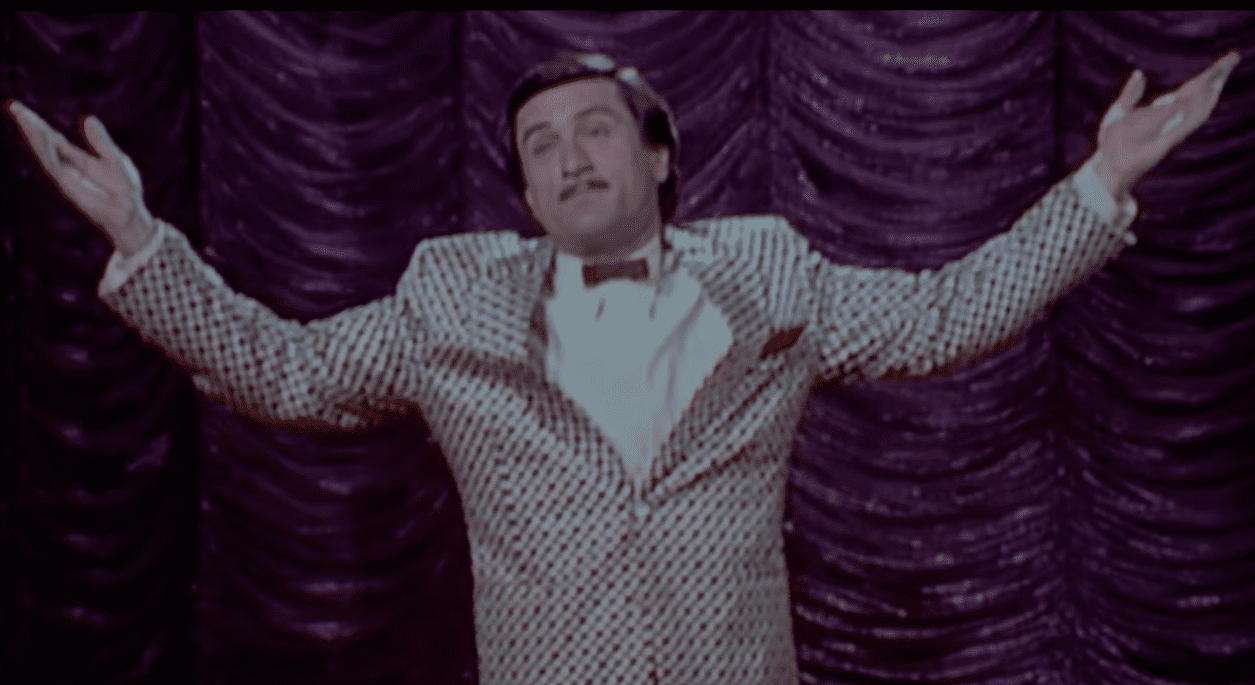 The King of Comedy (1982), 20th Century Fox
The King of Comedy (1982), 20th Century Fox
36. A Little Encouragement
Ever work on something for so long that you completely lose sight of what it was supposed to be in the first place? After Scorsese completed one of his first real pictures, 1972’s Boxcar Bertha, his mentor, legendary actor-director John Cassavetes, told Scorsese “You’ve just spent a year of your life making a piece of sh--.” The harsh appraisal motivated Scorsese to make his breakthrough film, Mean Streets.
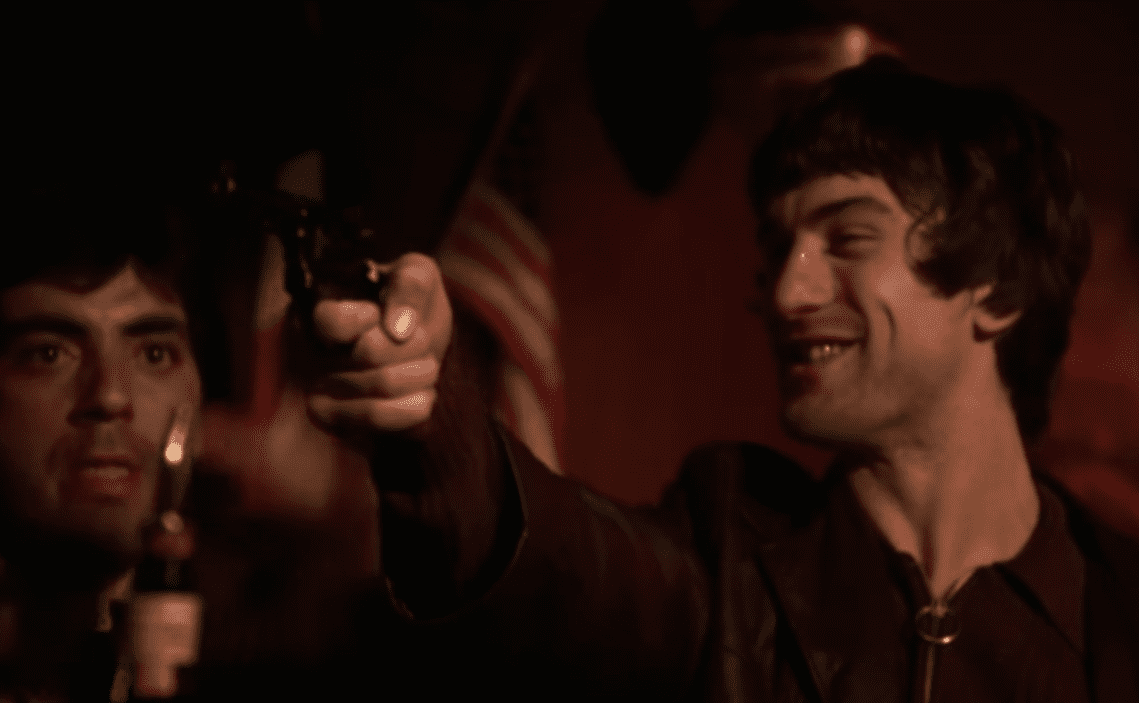 Mean Streets (1973), Warner Bros.
Mean Streets (1973), Warner Bros.
35. Money Well Spent?
Scorsese did finally succeed in making a great picture with Mean Streets, which he shot on a very meager budget. Not that Scorsese did himself any favors: of the movie’s $500,000 budget, Scorsese spent a full half on the soundtrack. With its classic combo of R&B and girl group songs, classic rock hits, and dramatic traditional Italian music, who could blame him? “Jumpin’ Jack Flash” seems worth half of that alone (and probably is, by today’s standards).
34. Everyone’s a Critic
Scorsese was new on the scene when he was chosen to direct Alice Doesn’t Live Here Anymore, and as such he was not the first choice. Brian de Palma, Francis Ford Coppola, and star Ellen Burstyn herself had all been considered. For her part, Burstyn was skeptical that Scorsese could direct women. Even after the film was completed, critic Pauline Kael suggested that Robert Altman would have been a better choice. Sorry, Marty!

History's most fascinating stories and darkest secrets, delivered to your inbox daily.
33. Spiteful Souvenir
Pauline Kael didn’t like Raging Bull, either. For years, Robert De Niro kept a copy of her negative review of the film, annotated with his own sarcastic—or frustrated—responses. You can’t please everyone!
32. High Mileage
In preparation for his role as Travis Bickle, De Niro spent a month driving cabs around New York City, sometimes working 15-hour days. Despite having already won an Oscar for his role in The Godfather Part II, De Niro was only recognized by one passenger.
31. Are You Talkin’ To the Boss?
Scorsese doesn’t mind actors improvising their lines. One very successful example is De Niro’s famous “Are you talkin’ to me?” monologue from Taxi Driver. De Niro improvised the whole thing, but admits that he lifted whole sections from an unexpected source: Bruce Springsteen. If you’re gonna crib, you might as well crib from the Boss.
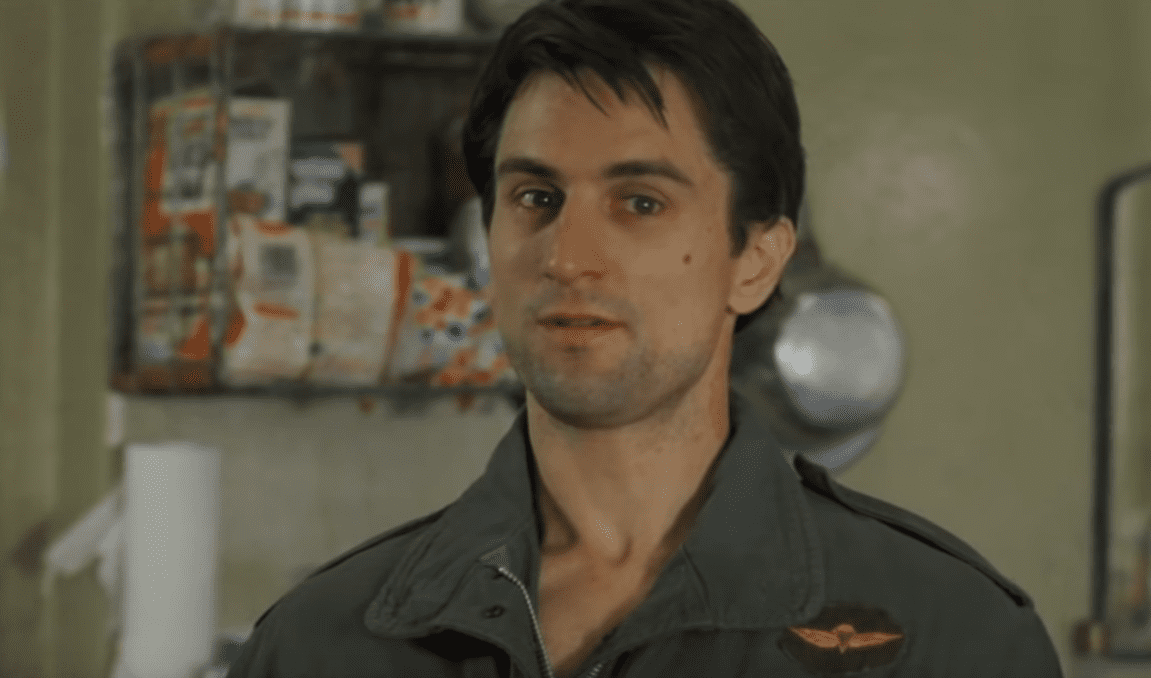 Taxi Driver (1976), Columbia Pictures Corporation
Taxi Driver (1976), Columbia Pictures Corporation
30. The Stand-In
Jodie Foster was just twelve years old when she starred in Taxi Driver. This meant she couldn’t do some of the more explicit scenes. Her nineteen-year-old sister, Connie, acted as her stand-in.
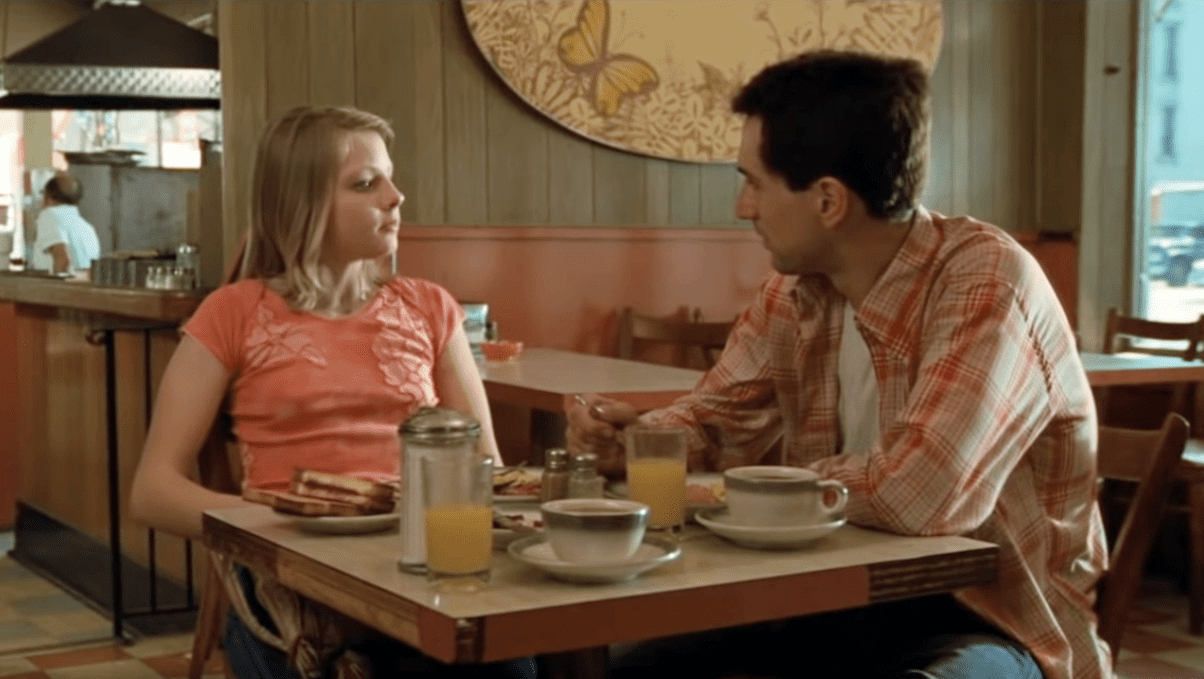 Taxi Driver (1976), Columbia Pictures Corporation
Taxi Driver (1976), Columbia Pictures Corporation
29. Creepy Coincidence
Hinckley’s assassination attempt caused the 1981 Academy Awards to be postponed. That year, De Niro won Best Actor for his role in another Scorsese film, Raging Bull.
28. The Flop
In 1977, Scorsese directed what was probably the biggest flop of his career. The musical New York, New York starred Robert De Niro and Liza Minelli as a star-crossed stage couple. It was nominated for no awards and made just $16 million at the box office.
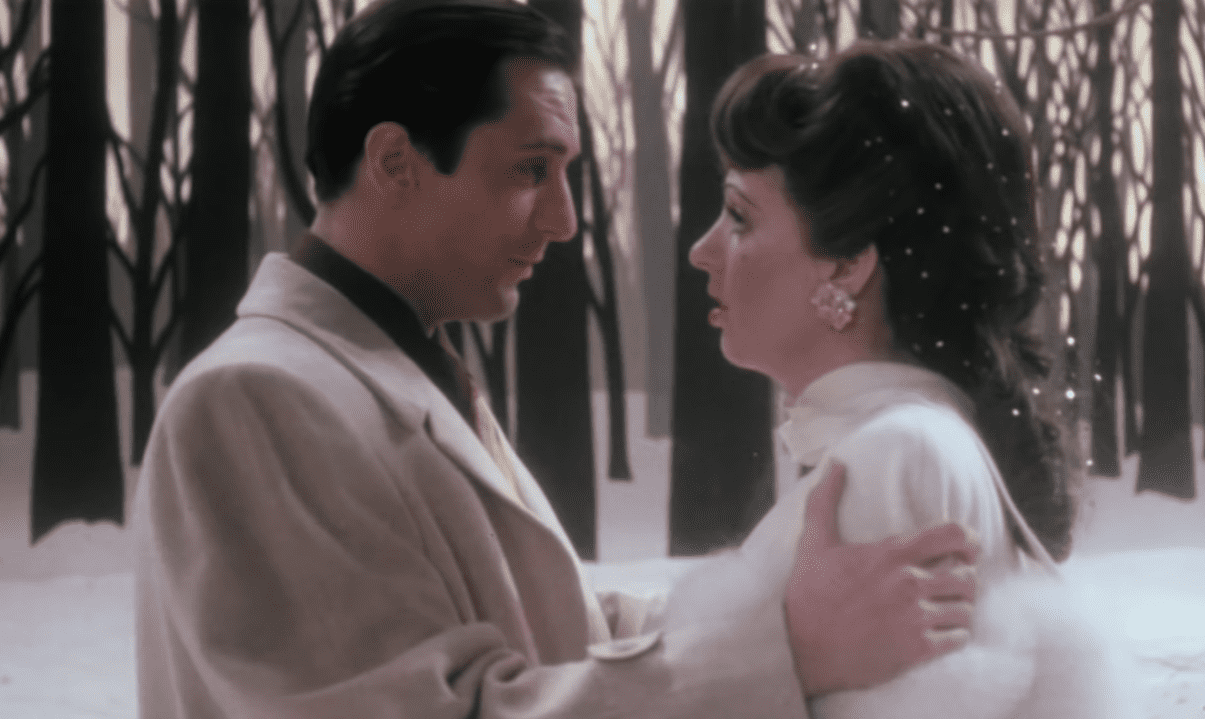 New York, New York (1977), United Artists
New York, New York (1977), United Artists
27. Role Reversal
New York, New York would not have made money for its production company, United Artists, if not for a deal worked out within the studio. Profits from New York, New York were shared with another movie—written, directed, and starring a first-time filmmaker—which everyone expected to fail hard. Luckily for UA, Rocky became a massive, unexpected hit.
26. If You Can Make It There…
While the movie itself wasn’t a hit, the title song from New York, New York became an instant classic. Frank Sinatra recorded his own version in 1979, and it became an unofficial theme song for the New York Yankees and the Macy’s Thanksgiving Day Parade. “The schoolyard’s up, and the shopping mall’s down!”—that’s how it goes, right?
25. Black and White and Red All Over
Scorsese’s 1980 boxing picture Raging Bull was shot in black and white for a variety of practical reasons. First, it helped differentiate Raging Bull from the then-popular Rocky movies. Second, it provided a sense of visual accuracy for the 1940s-1950s setting. And third, Scorsese was uneasy showing that much blood in full color.
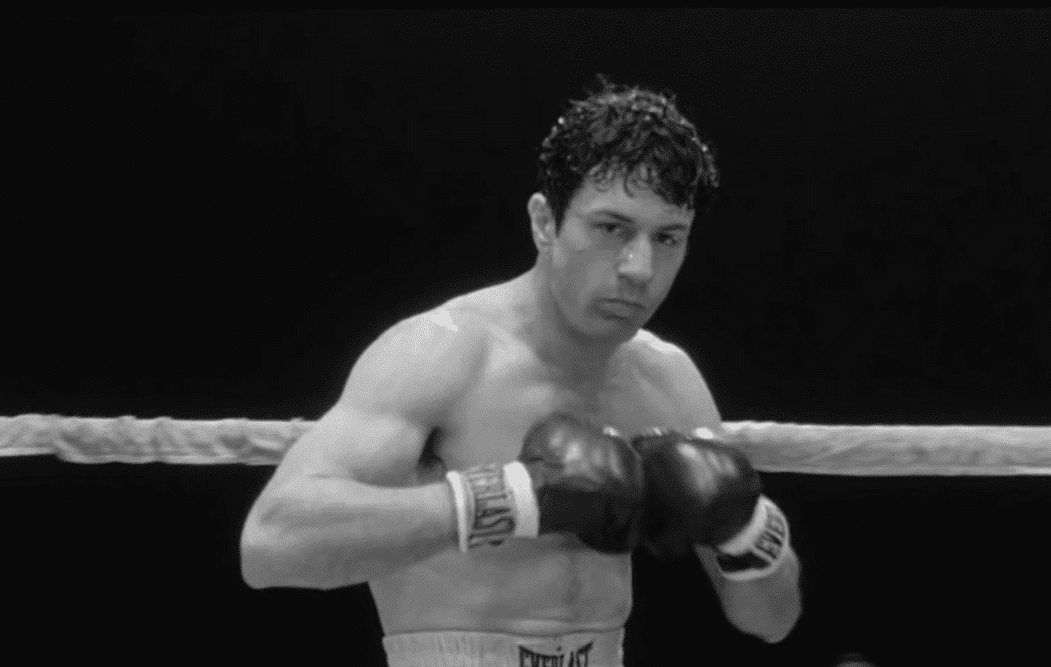 Raging Bull (1980), United Artists
Raging Bull (1980), United Artists
24. Sweet Hairdo
As for that “blood,” it was actually Hershey’s chocolate syrup. Not to be outdone, lead actress Cathy Moriarty’s hair was styled with corn syrup.
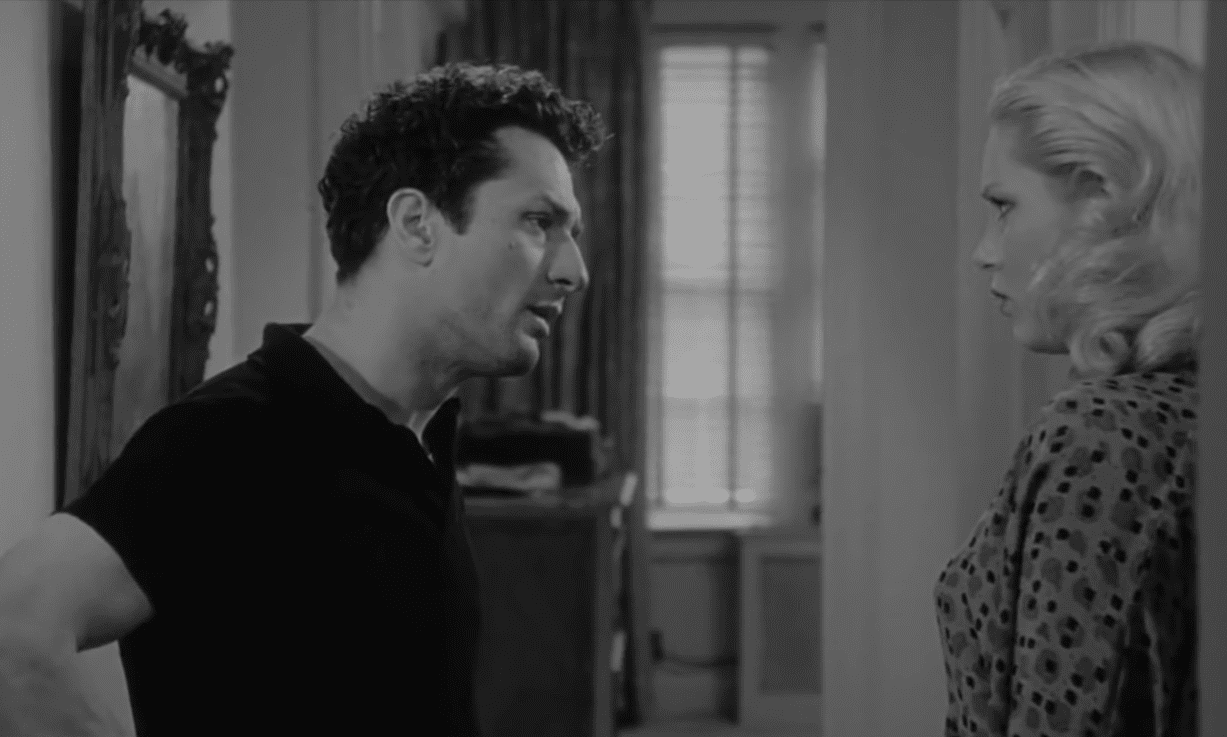 Raging Bull (1980), United Artists
Raging Bull (1980), United Artists
23. Are You Sure?
Scorsese first planned to make Gangs of New York in 1978. By the sounds of things, it would have been a very different film. Scorsese’s choice for the two leads of the historical drama were John Belushi and Dan Akroyd. Would they still have been on a mission from God?
22. Personal Picture
In 1974, Scorsese directed a documentary that hit very close to home. Italianamerican focused on Scorsese’s parents, Charles and Catherine Scorsese, as they held a family dinner and discussed the hardships and achievements of the Italian American community. Scorsese even included his mother’s meatball recipe in the credits. I know what I’m having for dinner!
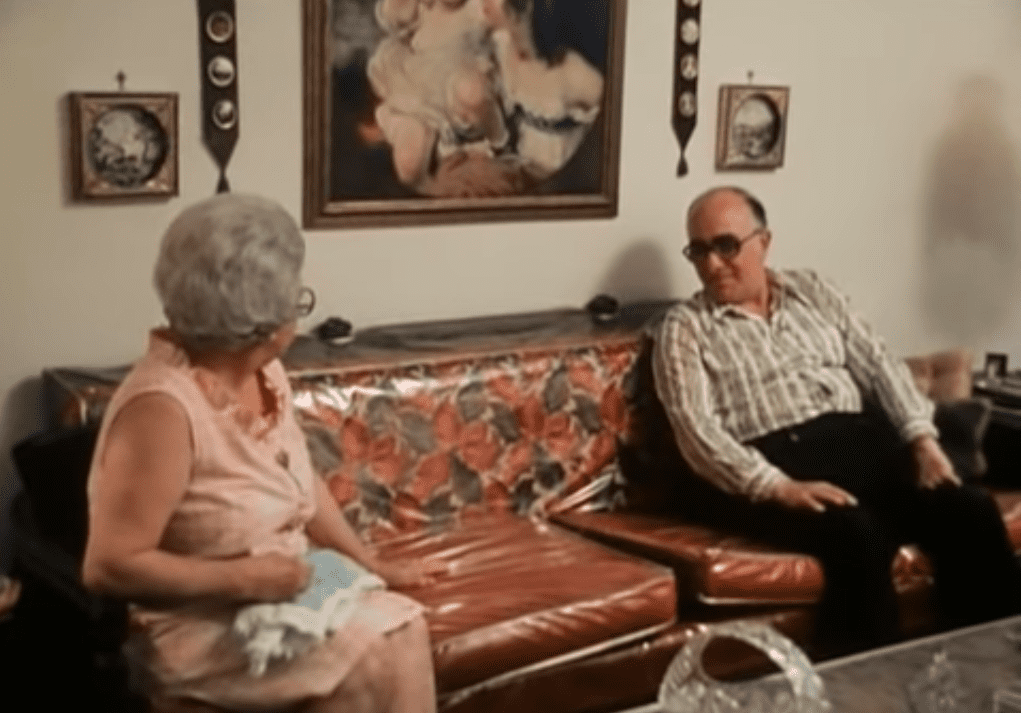 Italianamerican (1974), National Communications Foundation
Italianamerican (1974), National Communications Foundation
21. Knot Obsessed
Scorsese became so obsessed with details while making Goodfellas that he wouldn’t let Ray Liotta tie his own tie. He wanted to make absolutely sure the knot fit the period.
20. Naturals
How authentic was Goodfellas? Some of the extras were actual mobsters. When it came time to pay the extras, it was discovered the Social Security numbers the mobsters provided were all fake. To this day no one is sure if those extras ever got paid—perhaps they just considered it a favor.
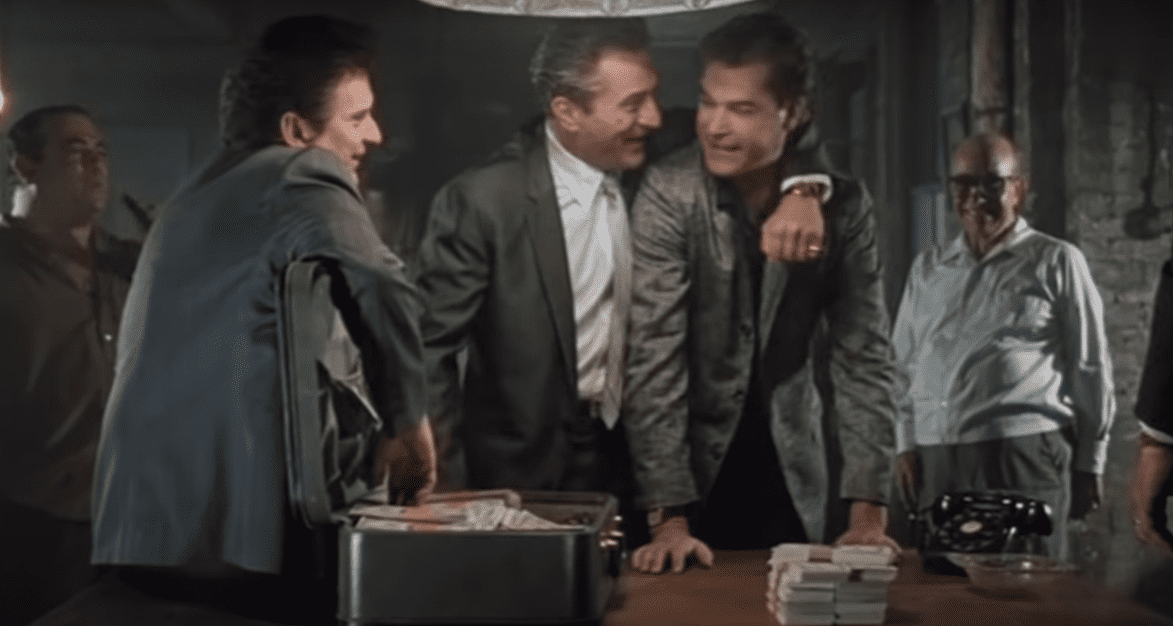 Goodfellas (1990), Warner Bros.
Goodfellas (1990), Warner Bros.
19. Mayoring for the Mob
Oscar Goodman, who played “Ace” Rothstein’s lawyer in Casino, is not only a lawyer in real life, but was in fact the lawyer for Rothstein’s inspiration, “Lefty” Rosenthal. Goodman was mayor of Las Vegas from 1999 to 2011, serving a maximum three terms, and was succeeded by his wife, Carolyn.
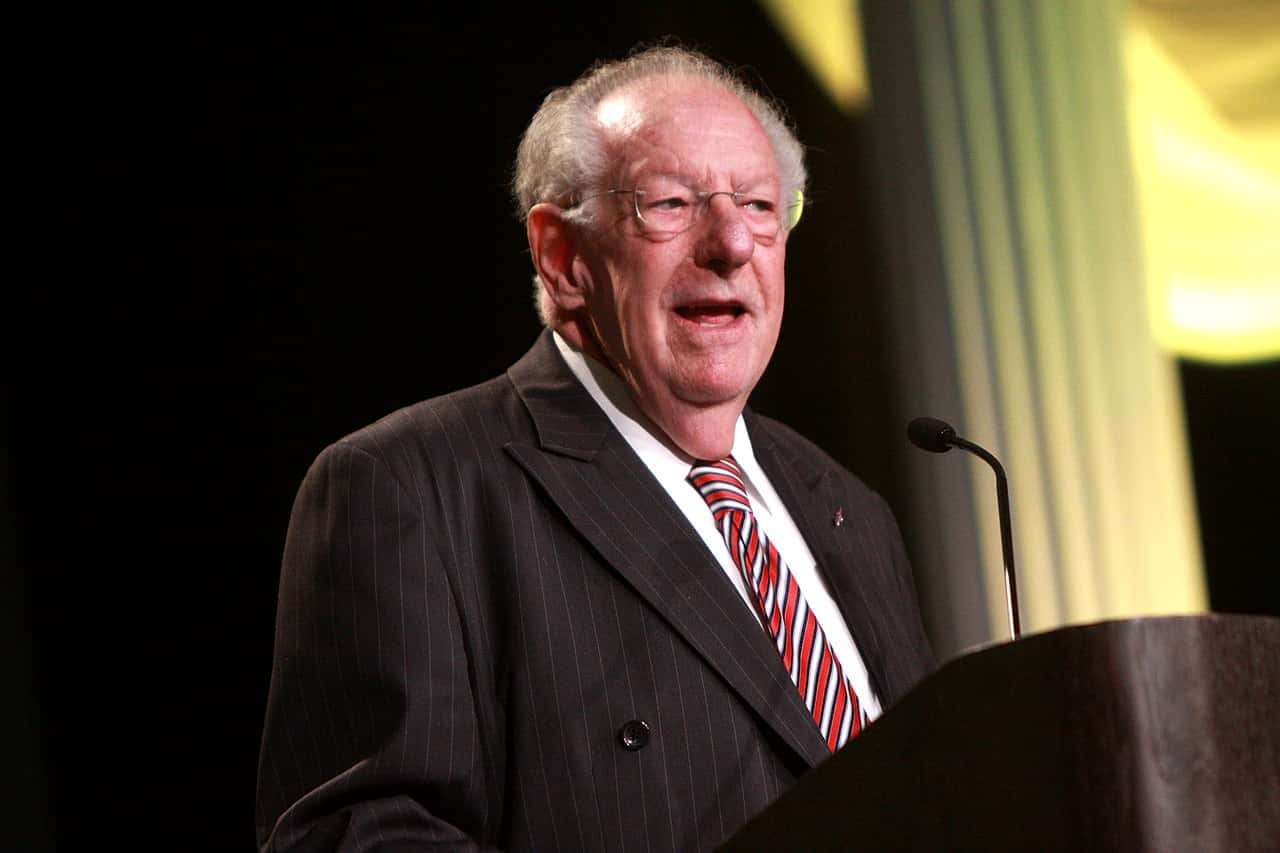 Wikimedia Commons, Gage Skidmore
Wikimedia Commons, Gage Skidmore
18. A Commandment
Scorsese’s childhood dream was to direct a film of the life of Jesus Christ. He finally got the chance with the controversial The Last Temptation of Christ. Universal Pictures only allowed Scorsese to direct the film on the condition he direct the remake of Cape Fear immediately afterwards. Talk about a deal with the devil.
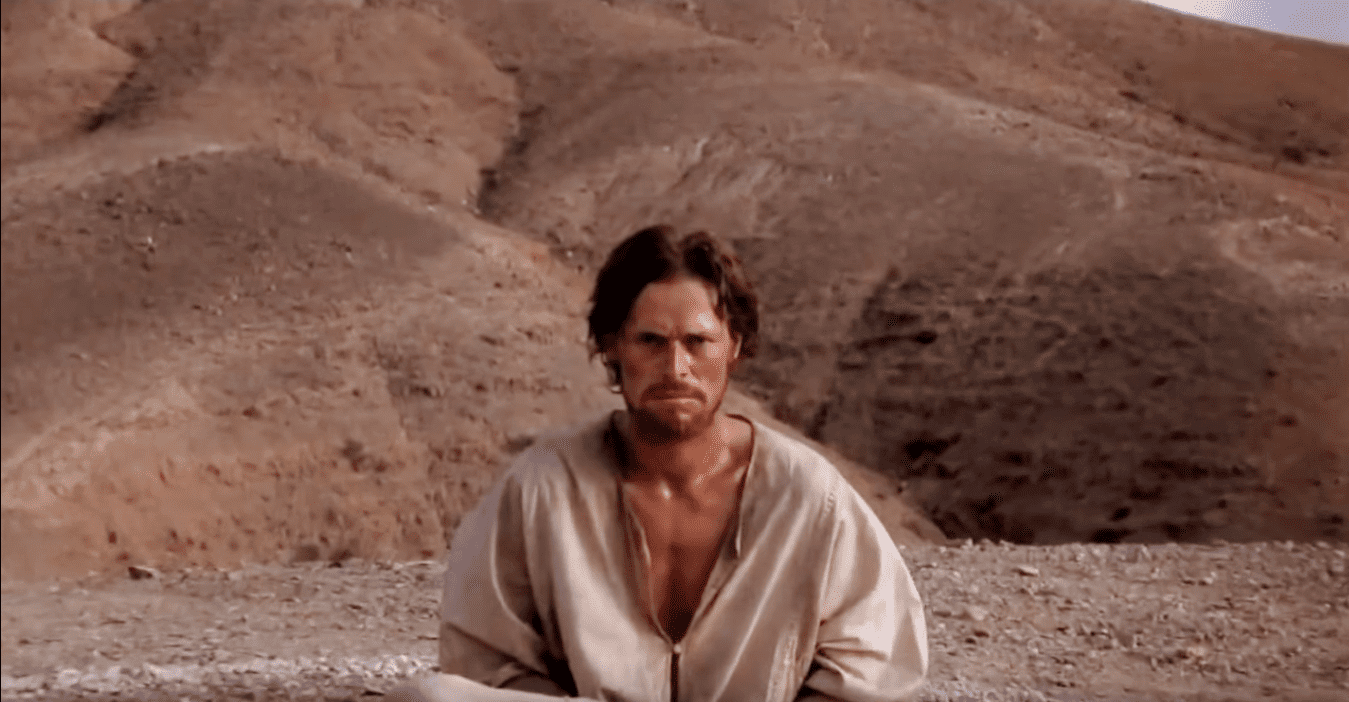 The Last Temptation of Christ, Universal Pictures
The Last Temptation of Christ, Universal Pictures
17. Campus Crusade for Censorship
One Christian group, the Campus Crusade for Christ, attempted to buy all existing prints of the film from Universal Pictures for $10 million, with intent to destroy the film forever. Universal, to their credit, declined.
16. Was Blind, But Now I See
One scene in Last Temptation required star Willem Dafoe to stare into bright sunlight. The plan was to keep his pupils dilated while he stared into the light—a subtle but impressive feat. Dafoe relied on eye drops to pull this off, but used so many that he actually lost his sight for three days. Ouch.
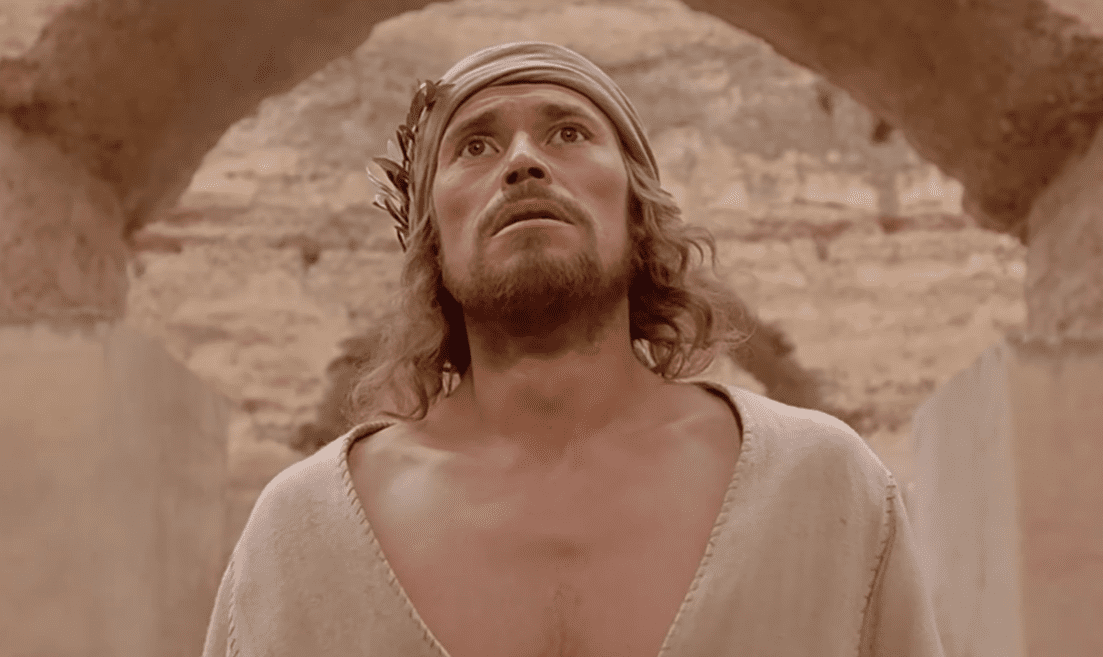 The Last Temptation of Christ, Universal Pictures
The Last Temptation of Christ, Universal Pictures
15. Banned in Tibet
The film Kundun, a biography of the Dalai Lama, got Scorsese banned from Tibet. The Chinese government objected to the lionization of the Dalai Lama, a lifelong activist for Tibetan rights, and the negative portrayal of China’s communist regime.
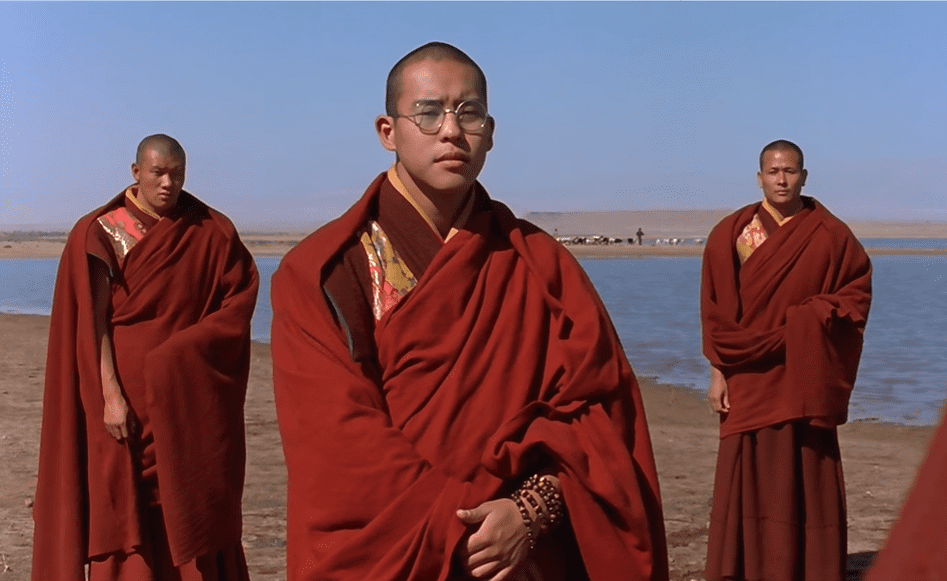 Kundun (1997), Touchstone Pictures
Kundun (1997), Touchstone Pictures
14. Greed is Good
From a strictly financial standpoint, Scorsese’s most successful film is also one of his most recent. 2013’s The Wolf of Wall Street has grossed nearly $390 million. Ironically, the movie is about a person whose obsessive pursuit of wealth leads to his downfall.
13. The Trouble With Cash
One scene in The Wolf of Wall Street proved painful for star Margot Robbie. Fake cash was used for a scene were Robbie’s character has sex on a literal pile of money. Unfortunately, the fake money had very sharp corners and edges, leaving Robbie with severe paper cuts.
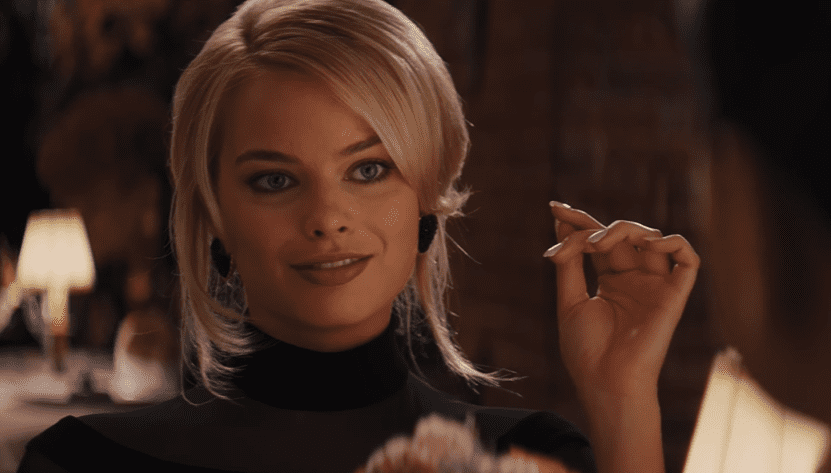 The Wolf of Wall Street (2013), Paramount Pictures
The Wolf of Wall Street (2013), Paramount Pictures
12. Side Effects Include…
Not to be outdone, Jonah Hill contracted bronchitis from inhaling so many vitamin B tablets, which they were using to stand in for cocaine. Just say no!
11. He’s With The Band…Literally
Scorsese’s music fandom definitely comes out in his films. He often casts rock stars like Iggy Pop, Joe Strummer, and David Bowie for small parts in his movies. Since directing The Last Waltz, a 1976 documentary about The Band’s final concert, Scorsese has directed documentaries about George Harrison, the Rolling Stones, Bob Dylan, and Michael Jackson.
10. Scorsese’s Favorite Song?
Scorsese has a particular affinity for the Rolling Stones. In fact, he has used one specific Stones song, “Gimme Shelter,” in three different movies.
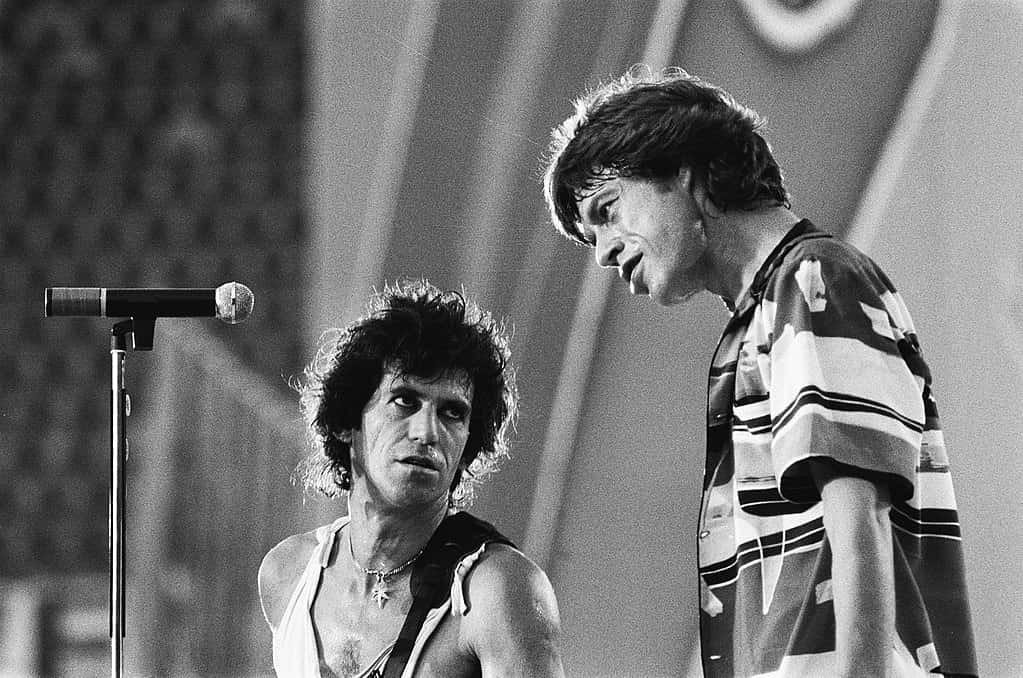 Wikipedia, Marcel Antonisse / Anefo
Wikipedia, Marcel Antonisse / Anefo
9. Professor Scorsese
When not working on films in the 1970s, Scorsese taught filmmaking at his alma mater, NYU’s Tisch School of the Arts. His students included Spike Lee and Oliver Stone, who said “We didn’t know who he was. He was just a wild-haired, fast-talking New Yorker with a passion for film.”
8. Can’t Stop, Won’t Stop
At 76 years of age, Scorsese shows no signs of slowing down: he has four different projects in various stages of production, including two films due to be released next year.
7. Big Gamble
At $170 million, Scorsese’s forthcoming movie The Irishman is his most expensive film to date—and it may not even be theatrically released! That’s because it’s being made for Netflix, and will come out in 2019. Netflix won’t confirm whether or not the movie will be shown in theaters. Can Scorsese match the success of his earlier movies? We’ll just have to see.
6. Reunited
The Irishman marks the first time Scorsese and De Niro have worked together since 1995’s Casino. With a pairing like that, expectations will be running high!
5. Watch Your Mouth!
Scorsese sure does like the f-word. And as time goes by, he seems to like it more and more. In 1973’s Mean Streets, the word is uttered 50 times. In Raging Bull, 114 times. In Goodfellas, 321 times. Casino, released in 1995, drops the f-bomb a staggering 425 times, or roughly 2.5 per minute.
4. Breaking His Own Record
Scorsese’s enthusiastic use of the f-word in Casino stood as the record until 2013. That year, Scorsese released The Wolf of Wall Street. That movie uses the f-word nearly 600 times.
3. Credit Where Credit’s Due
Ellen Burstyn won the Best Actress Oscar for her role in Alice Doesn’t Live Here Anymore, which Scorsese directed. Burstyn was starring in a play that night, so she asked Scorsese to accept the award on her behalf. Scorsese did accept the award, and, as Burstyn requested, thanked himself.
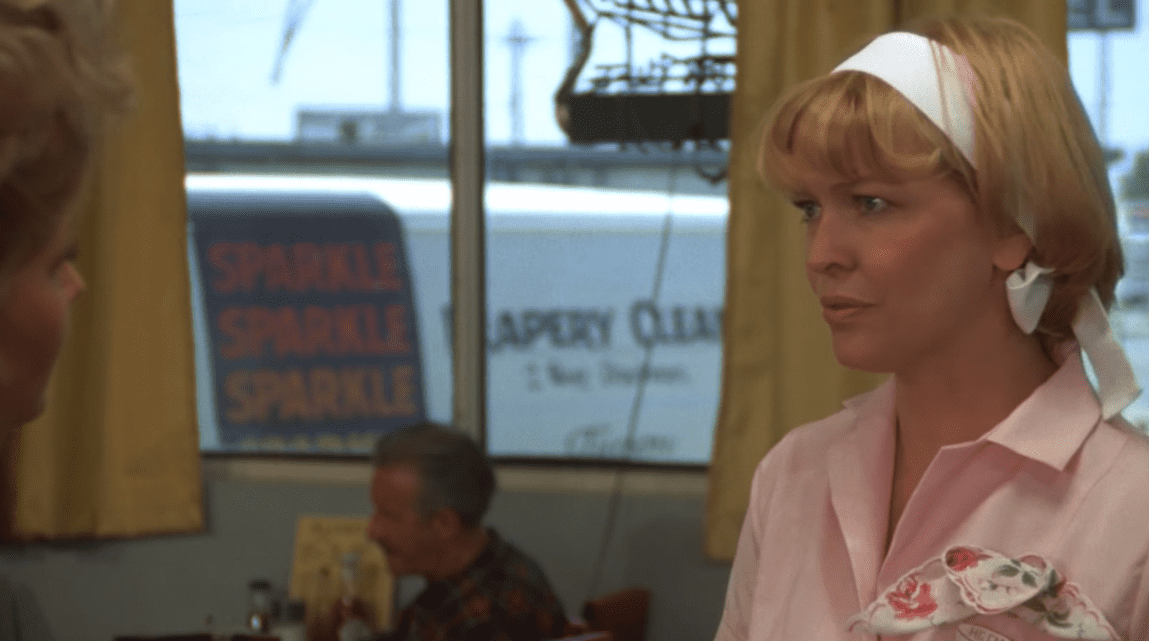 Alice Doesn’t Live Here Anymore (1974), Warner Bros.
Alice Doesn’t Live Here Anymore (1974), Warner Bros.
2. The Backlash
The implication in The Last Temptation of Christ that Jesus had had a sexual relationship with Mary Magdalene was met with such opposition from fundamentalist Christians that some French theatres were burned down. The film is still banned from television broadcast in Bulgaria.
1. The Gunman
Taxi Driver, and in particular, its young star, Jodie Foster, feature heavily in a famous assassination attempt. Troubled gunman John Hinckley Jr. was so taken by the actress that he plotted to shoot president Ronald Reagan. This was supposed to impress Foster.
Sources: 1, 2, 3, 4, 5, 6, 7, 8, 9, 10, 11, 12, 13, 14, 15, 16, 17, 18, 19, 20, 21, 22, 23, 24, 25, 26, 27, 28, 29, 30, 31, 32

